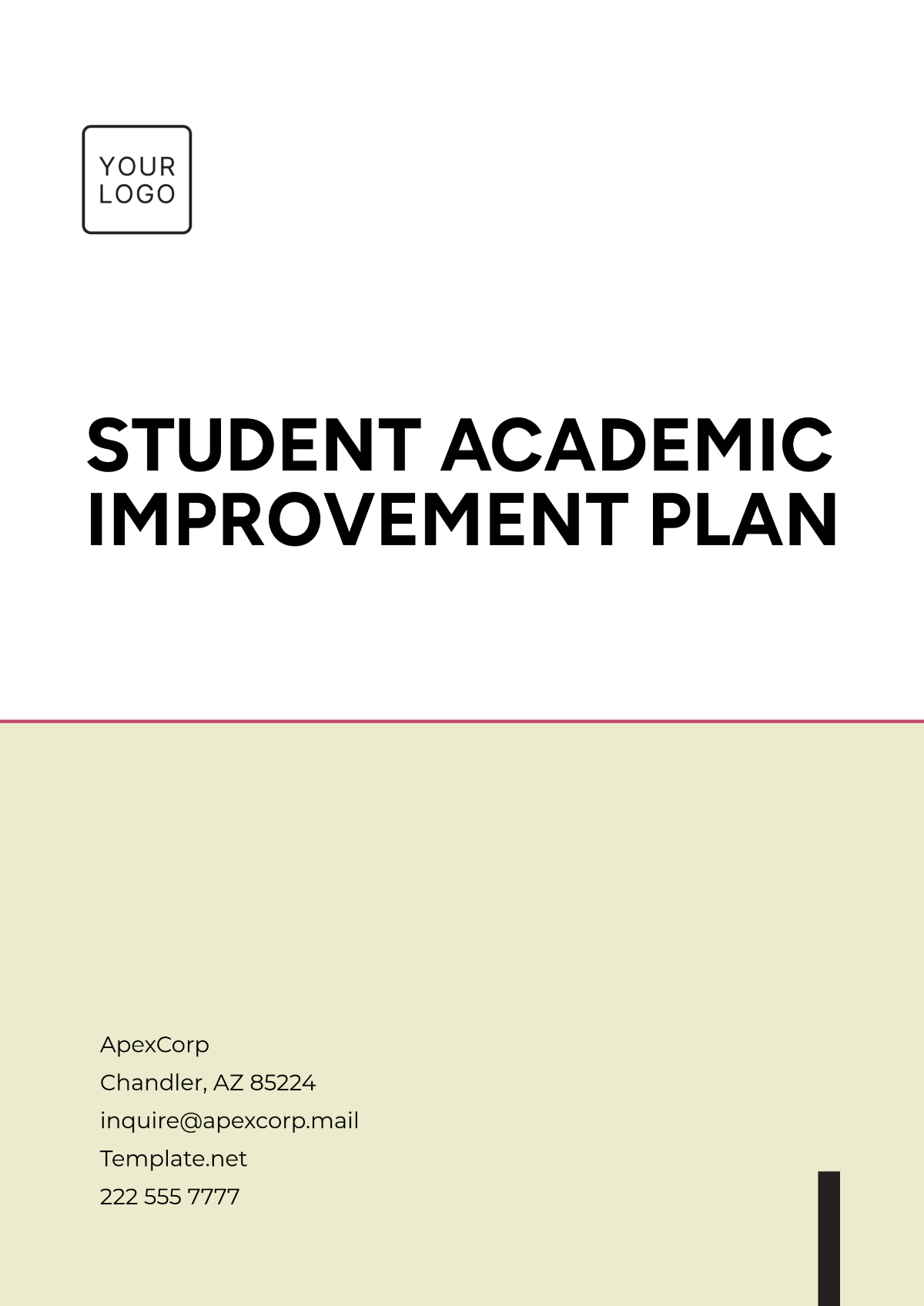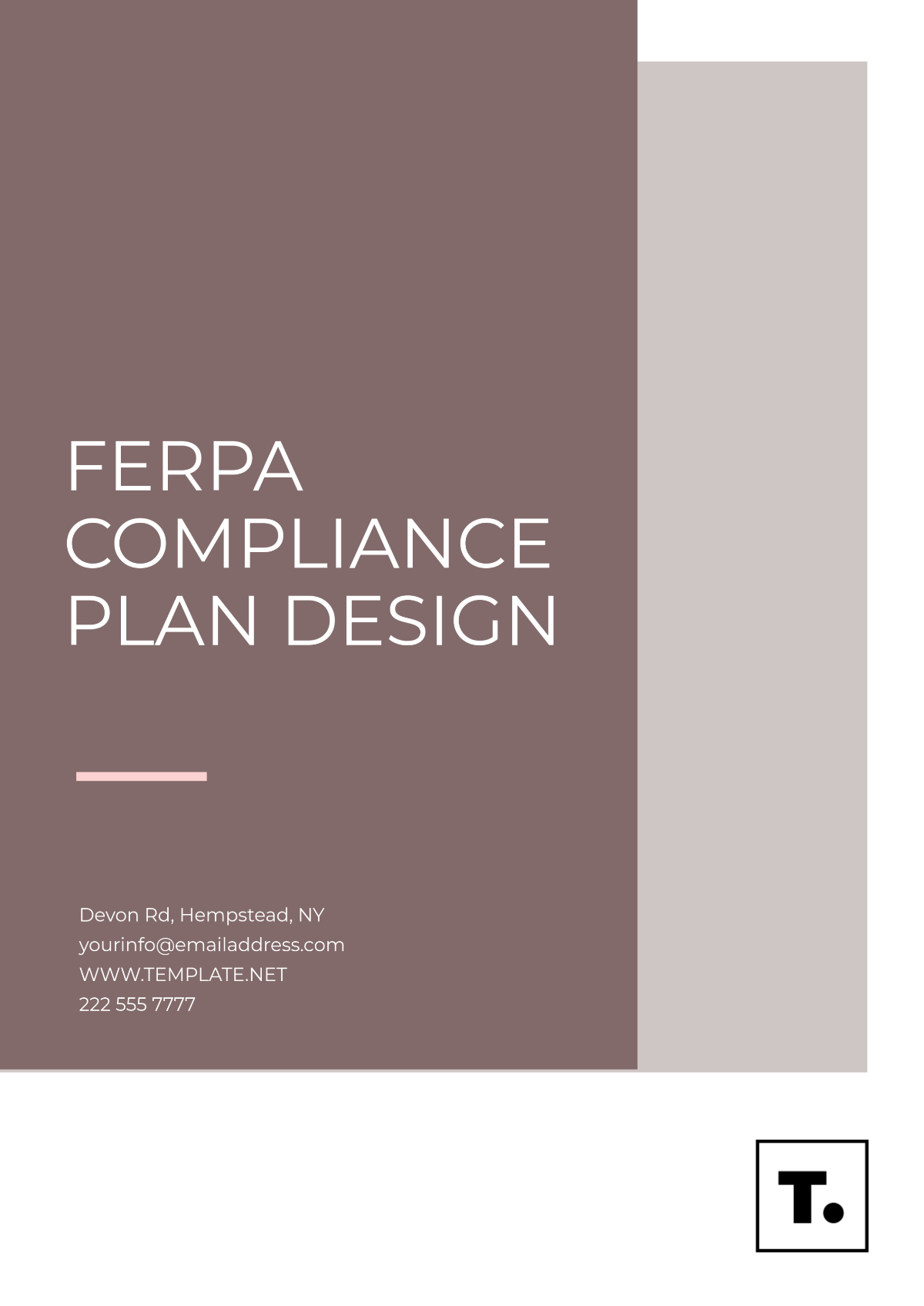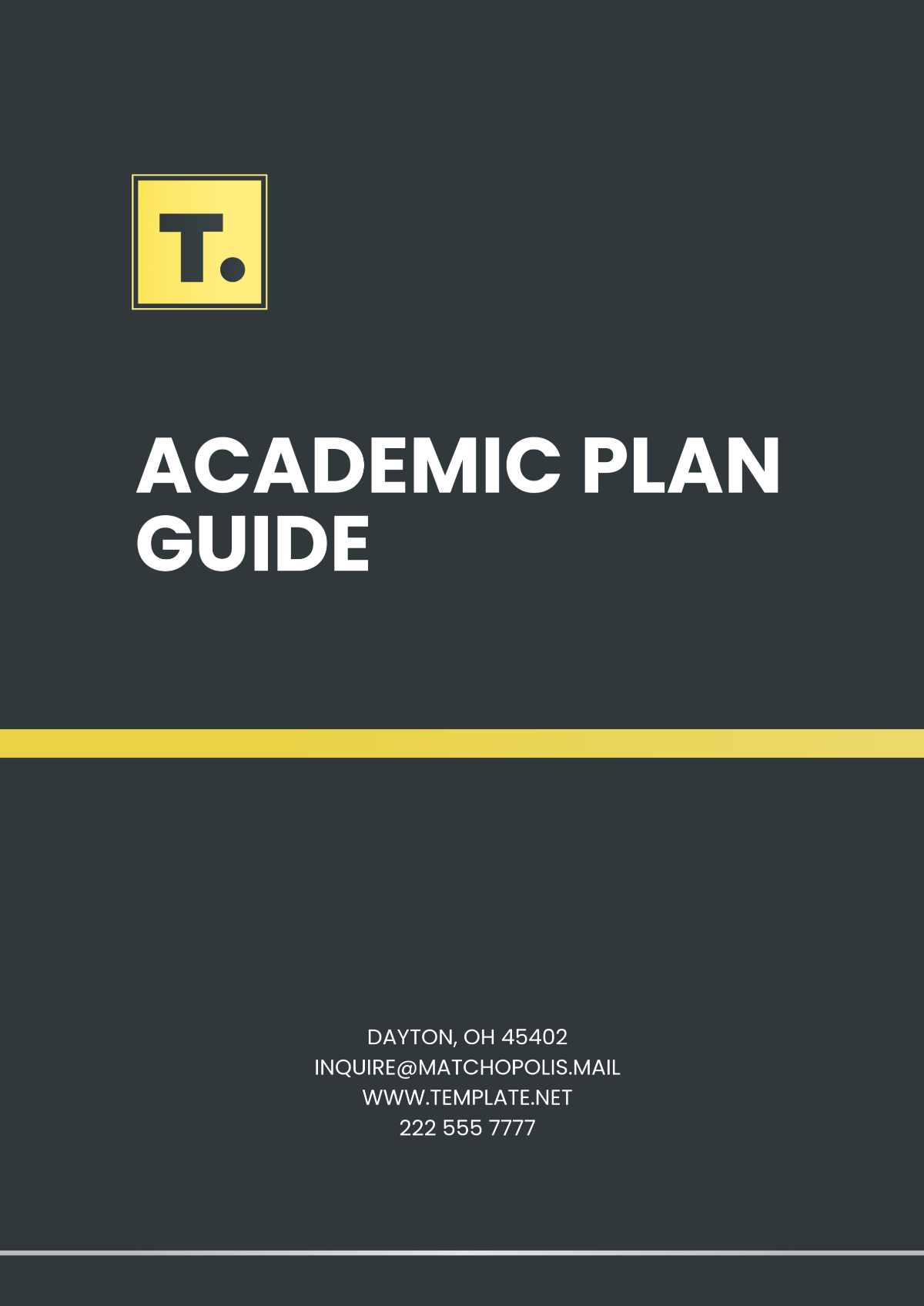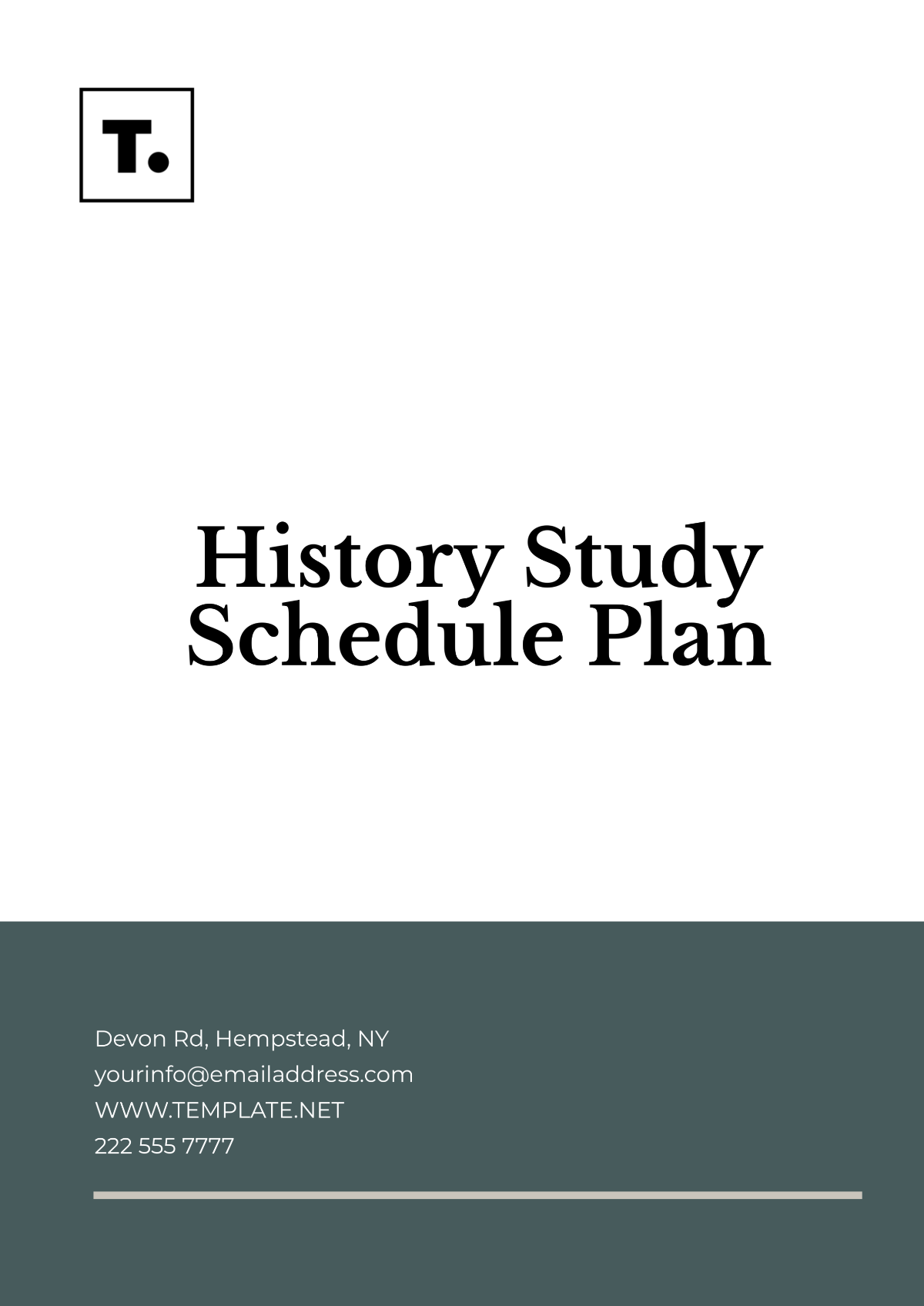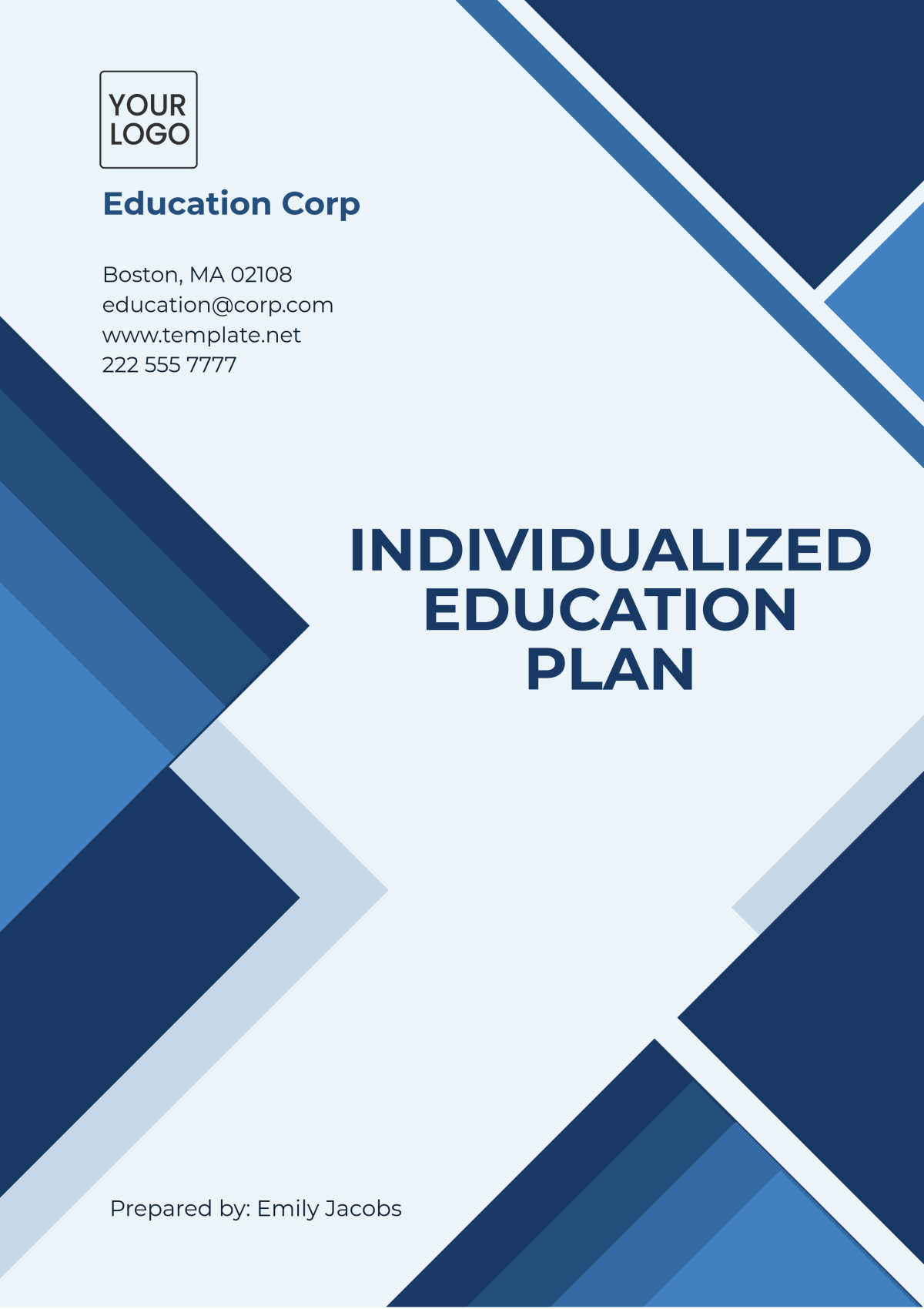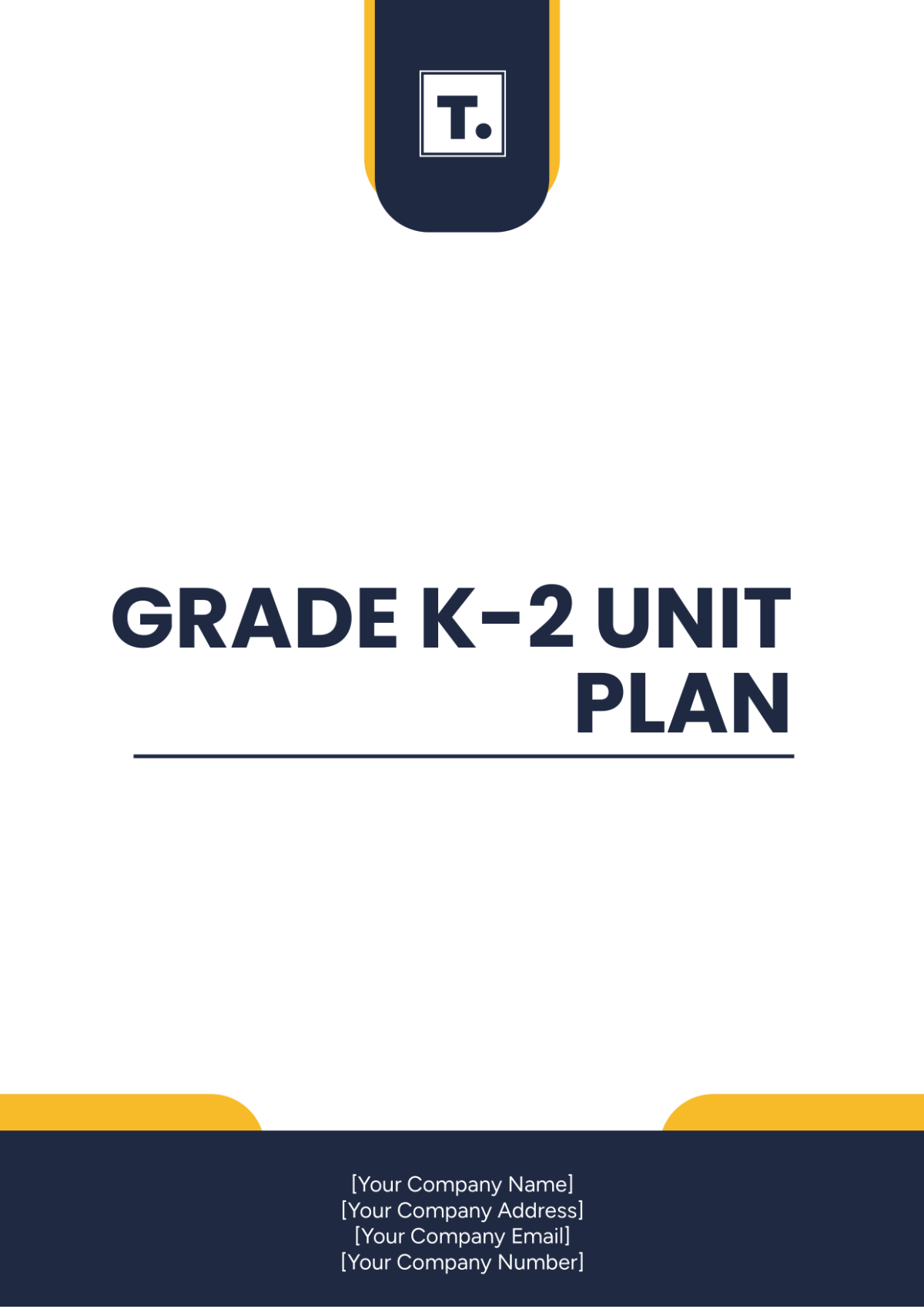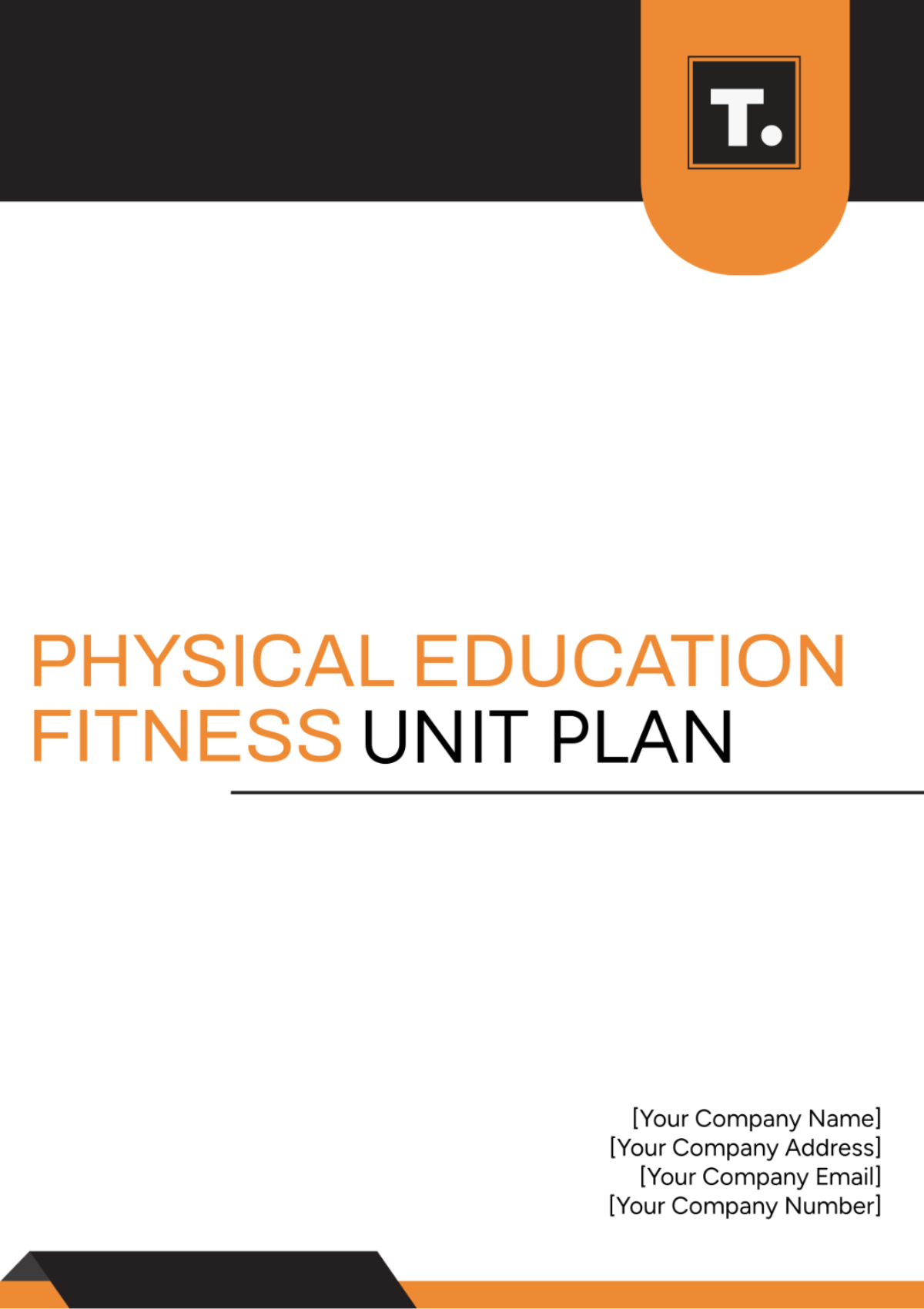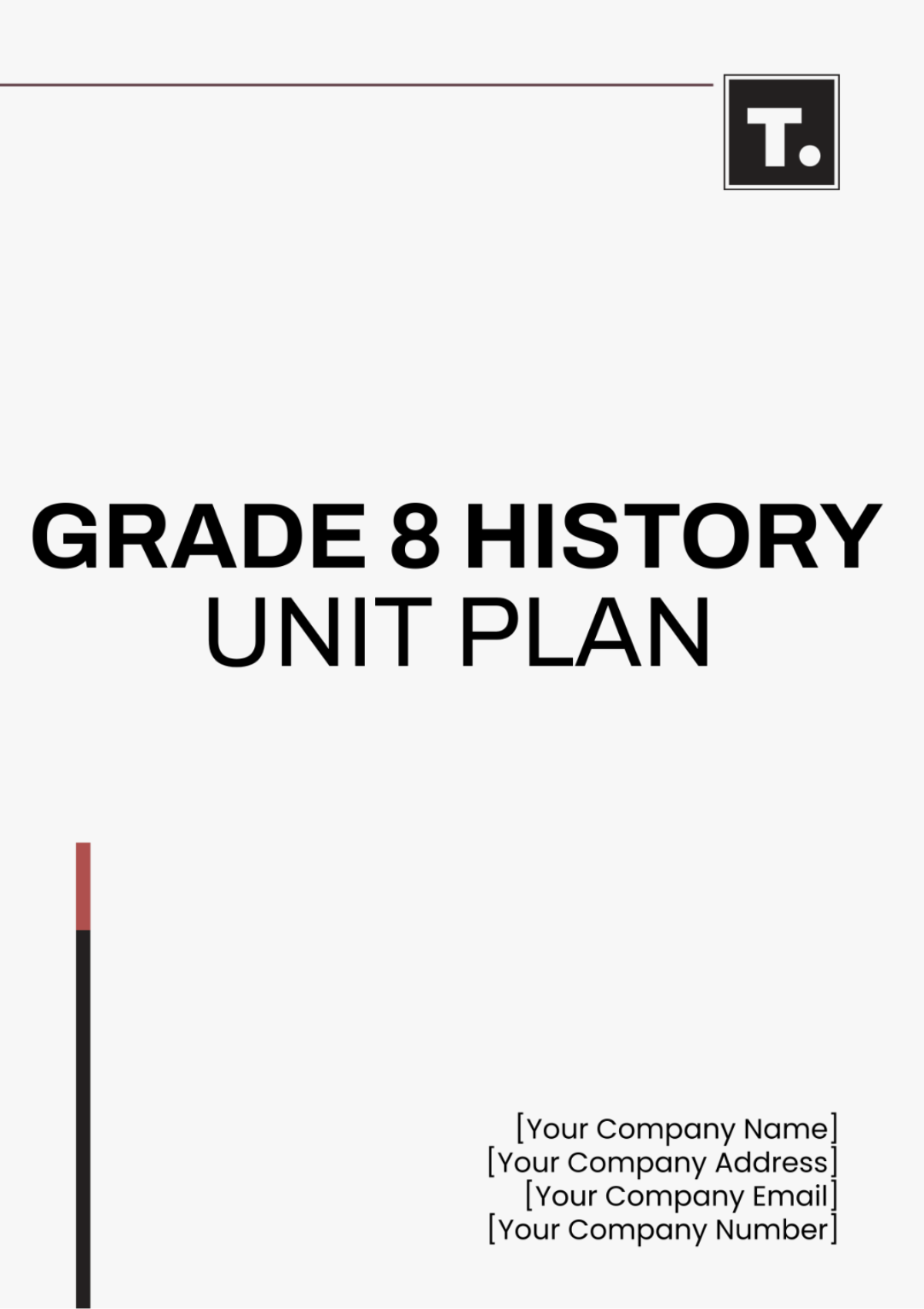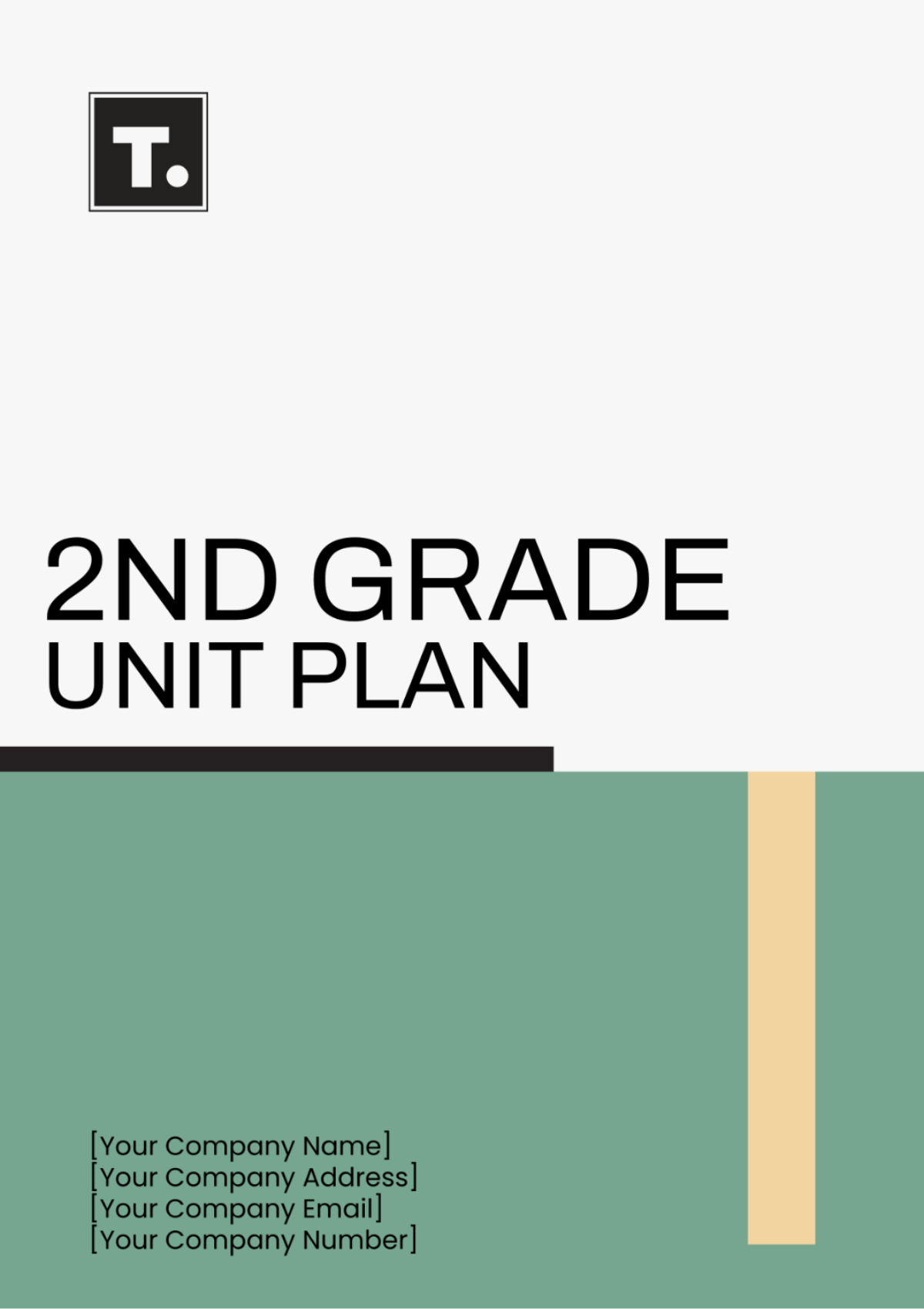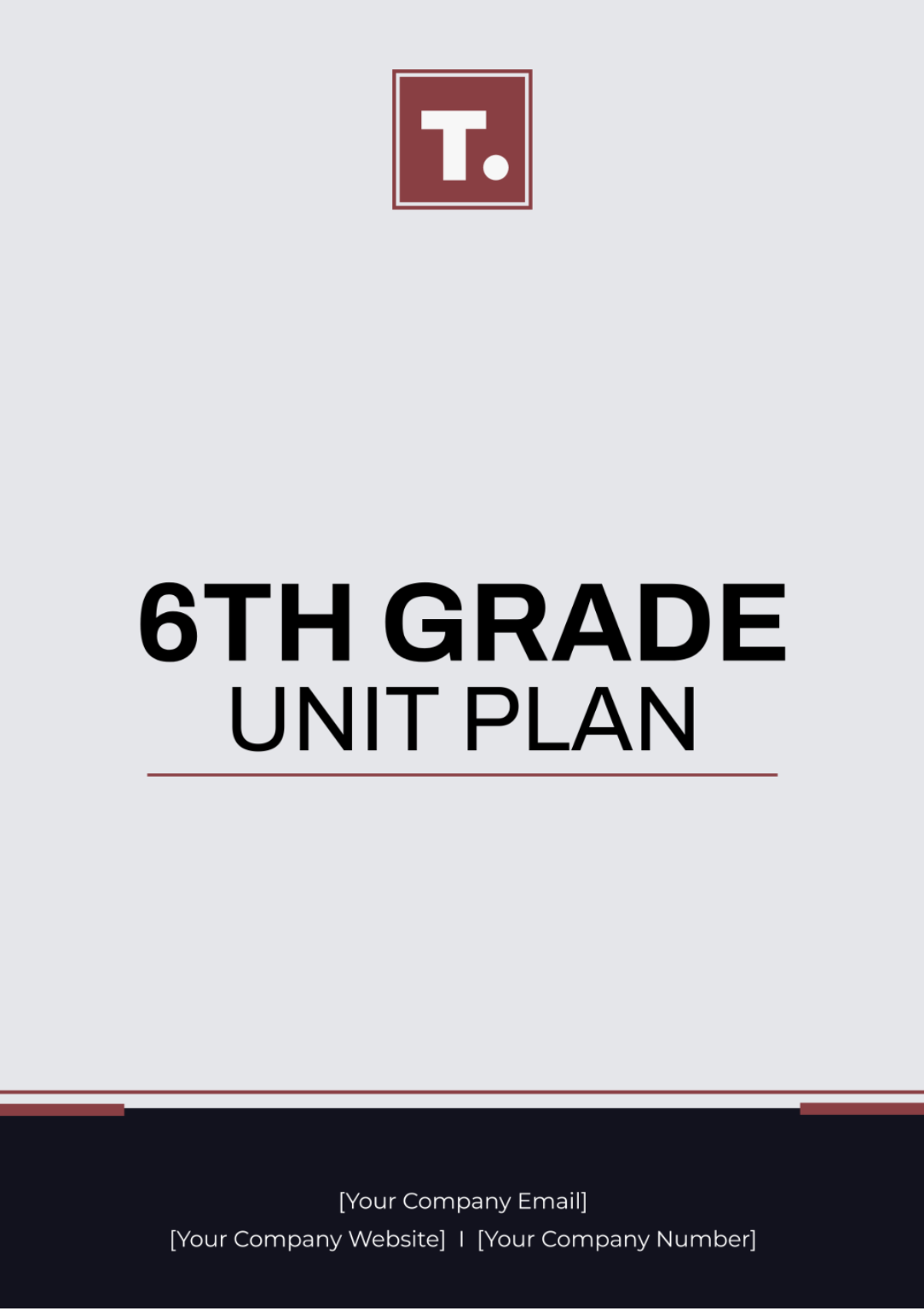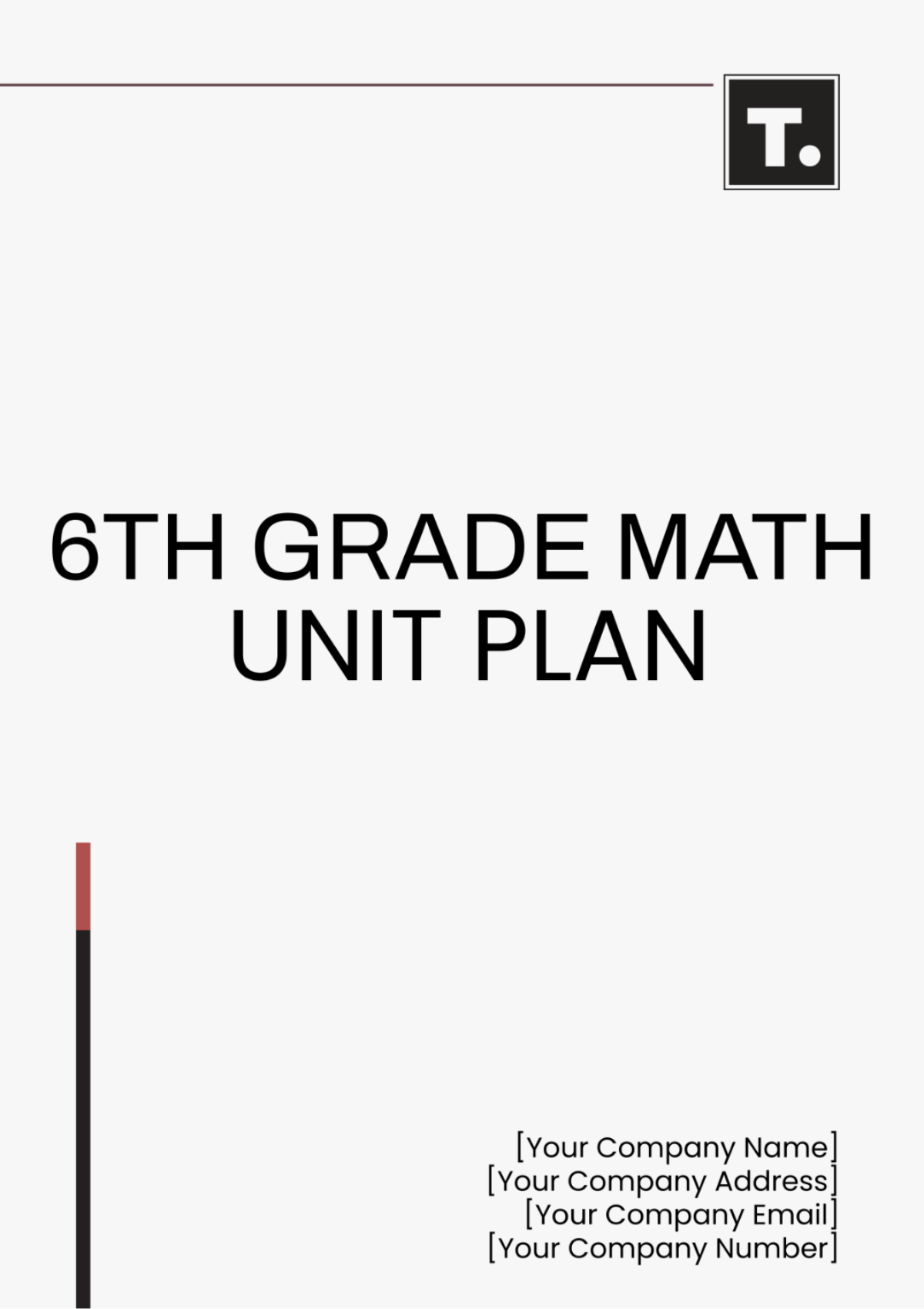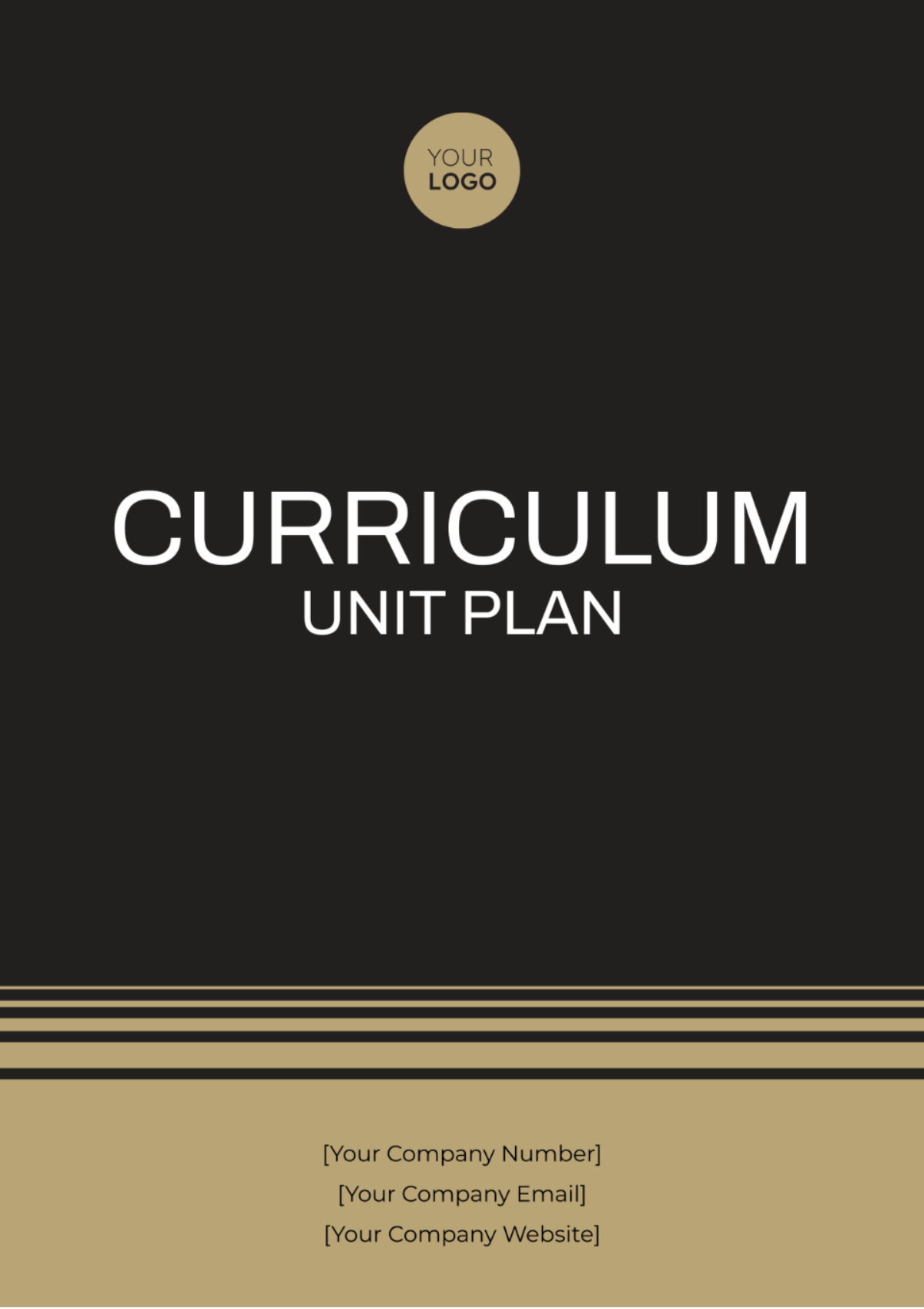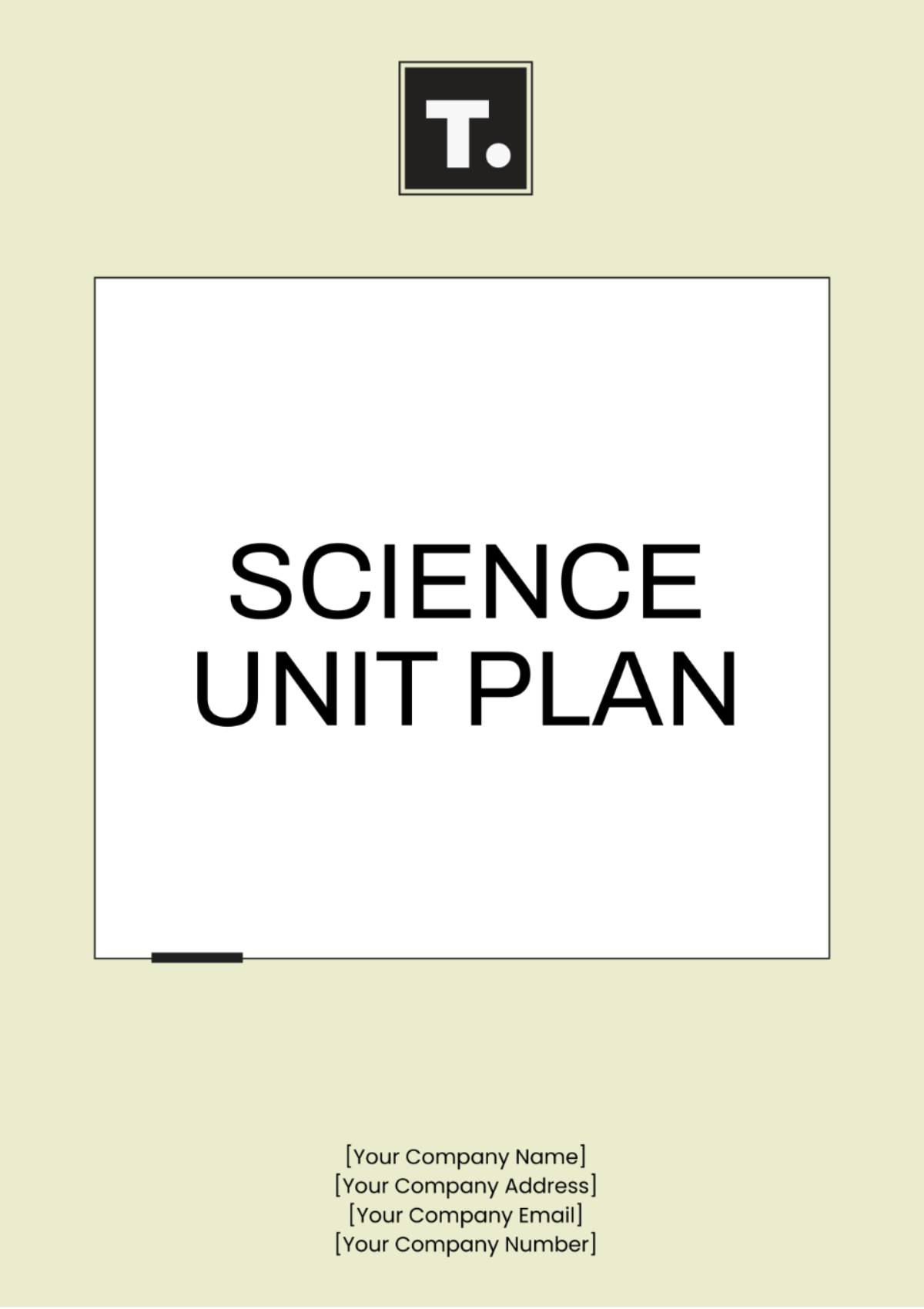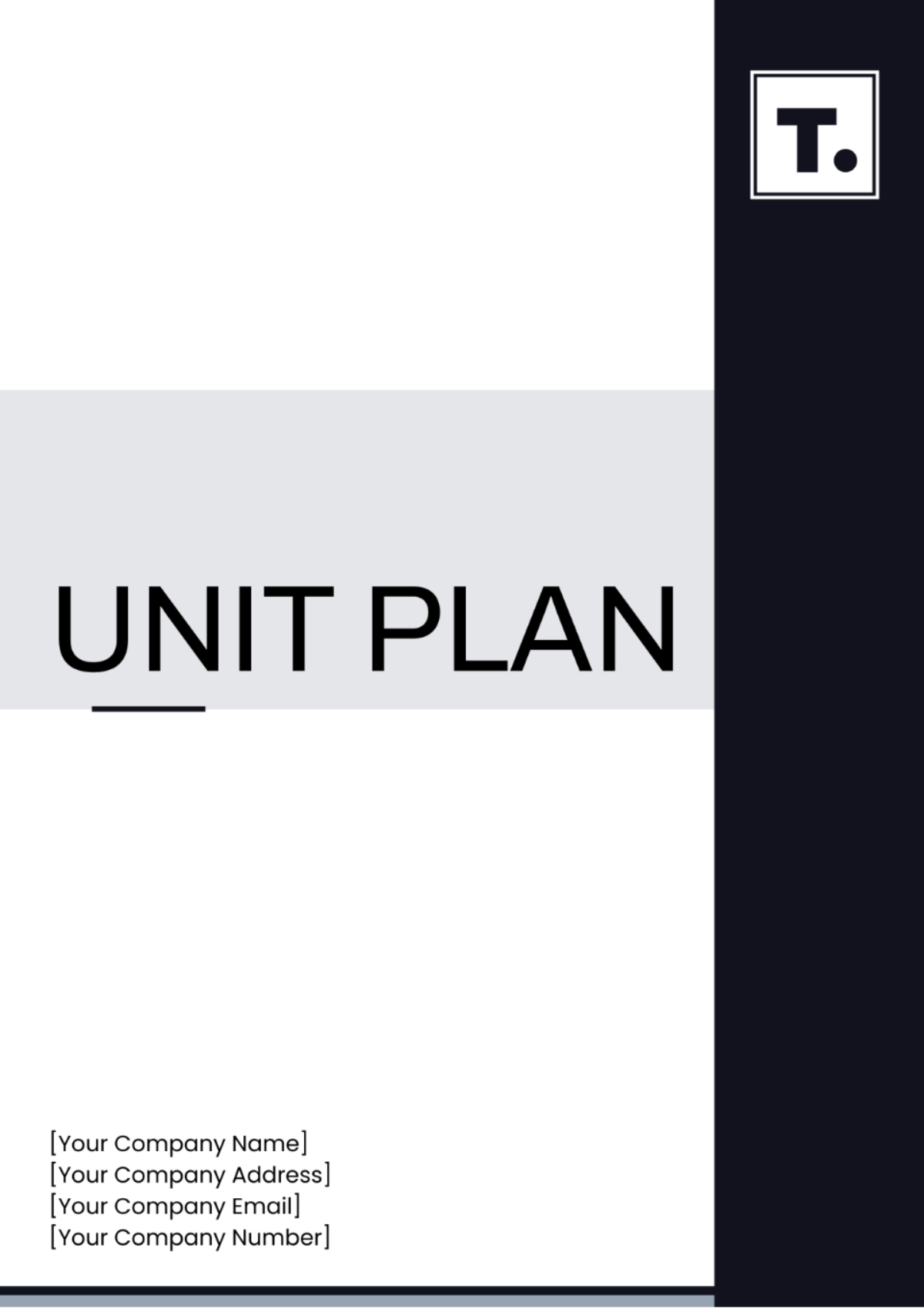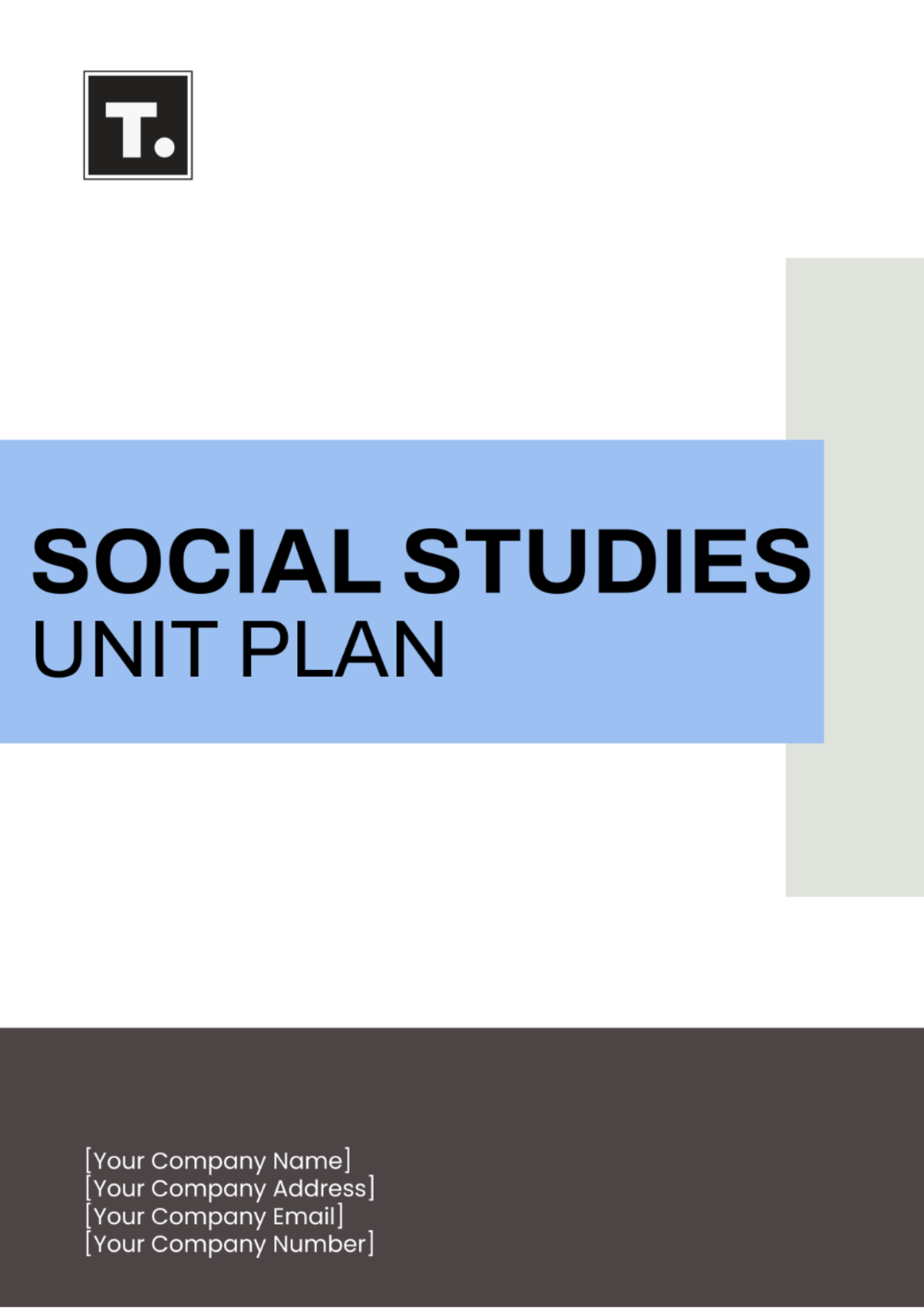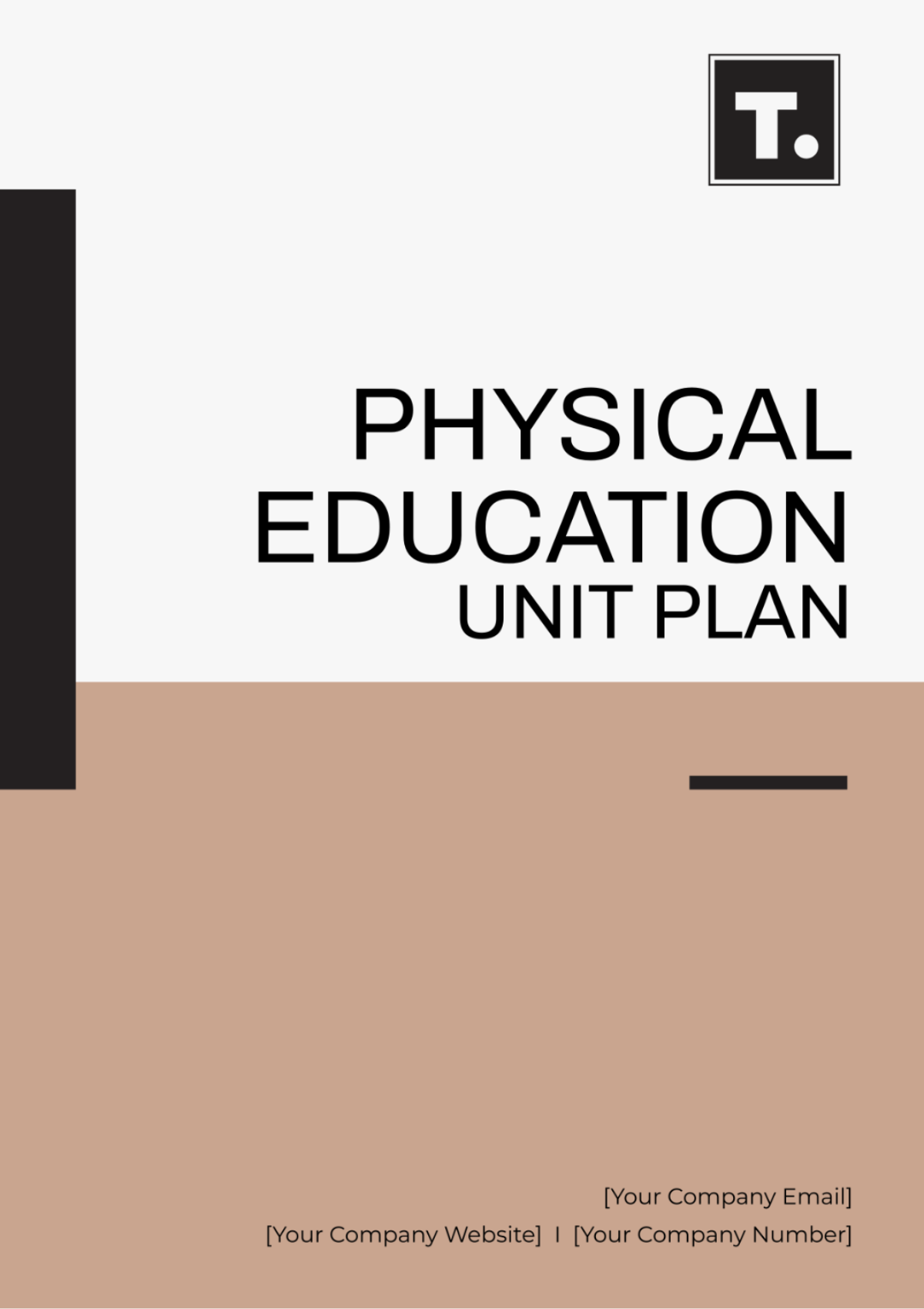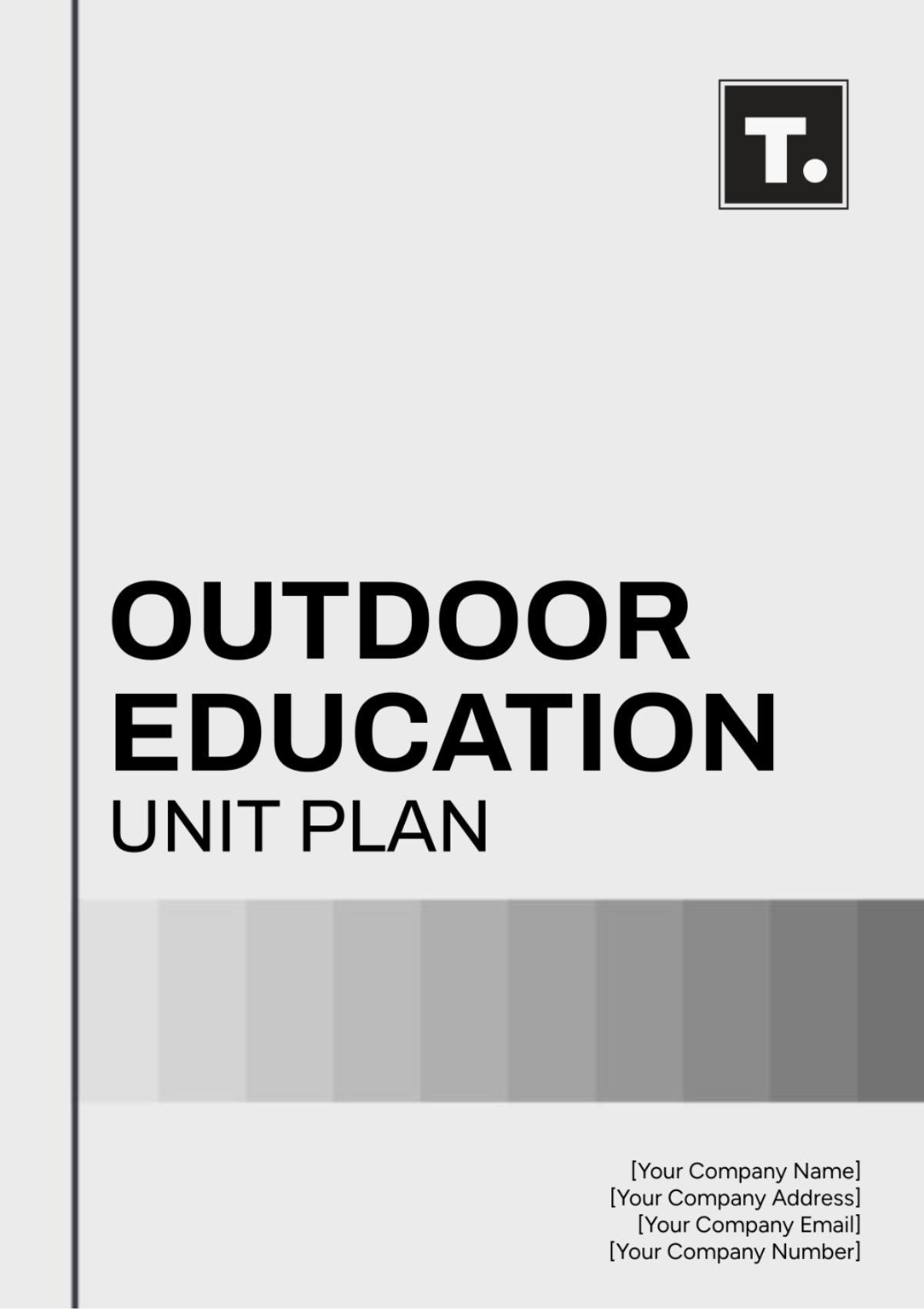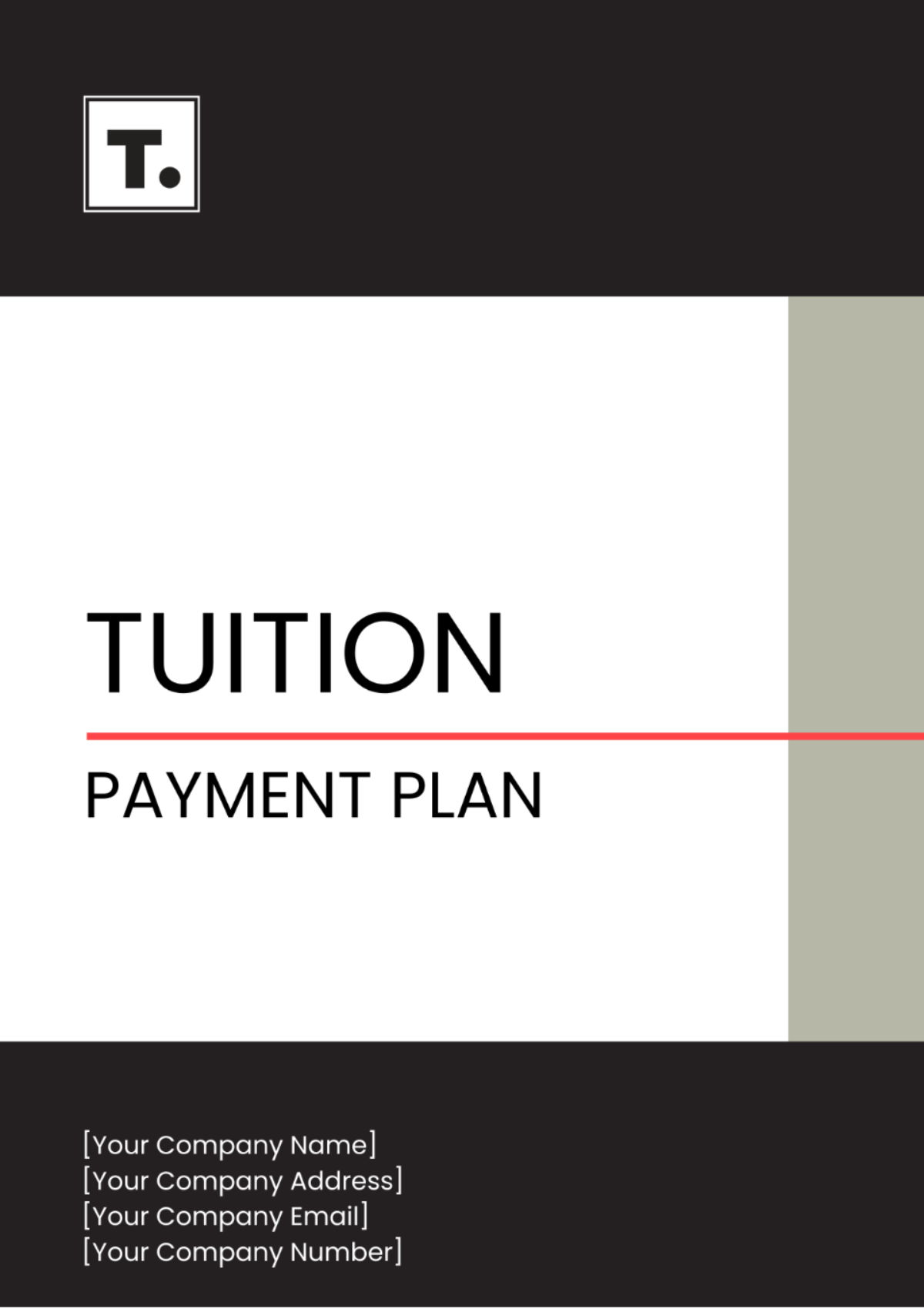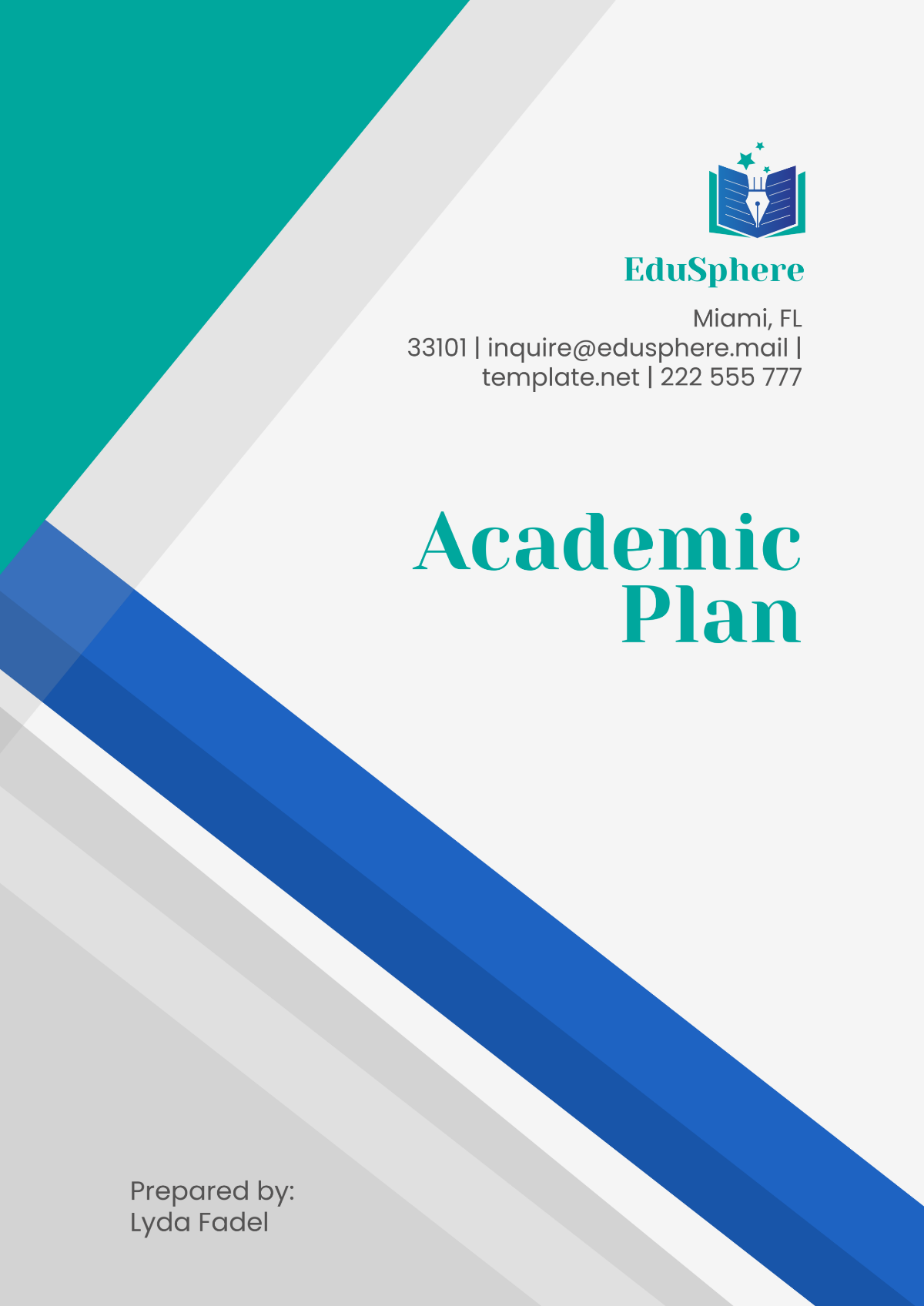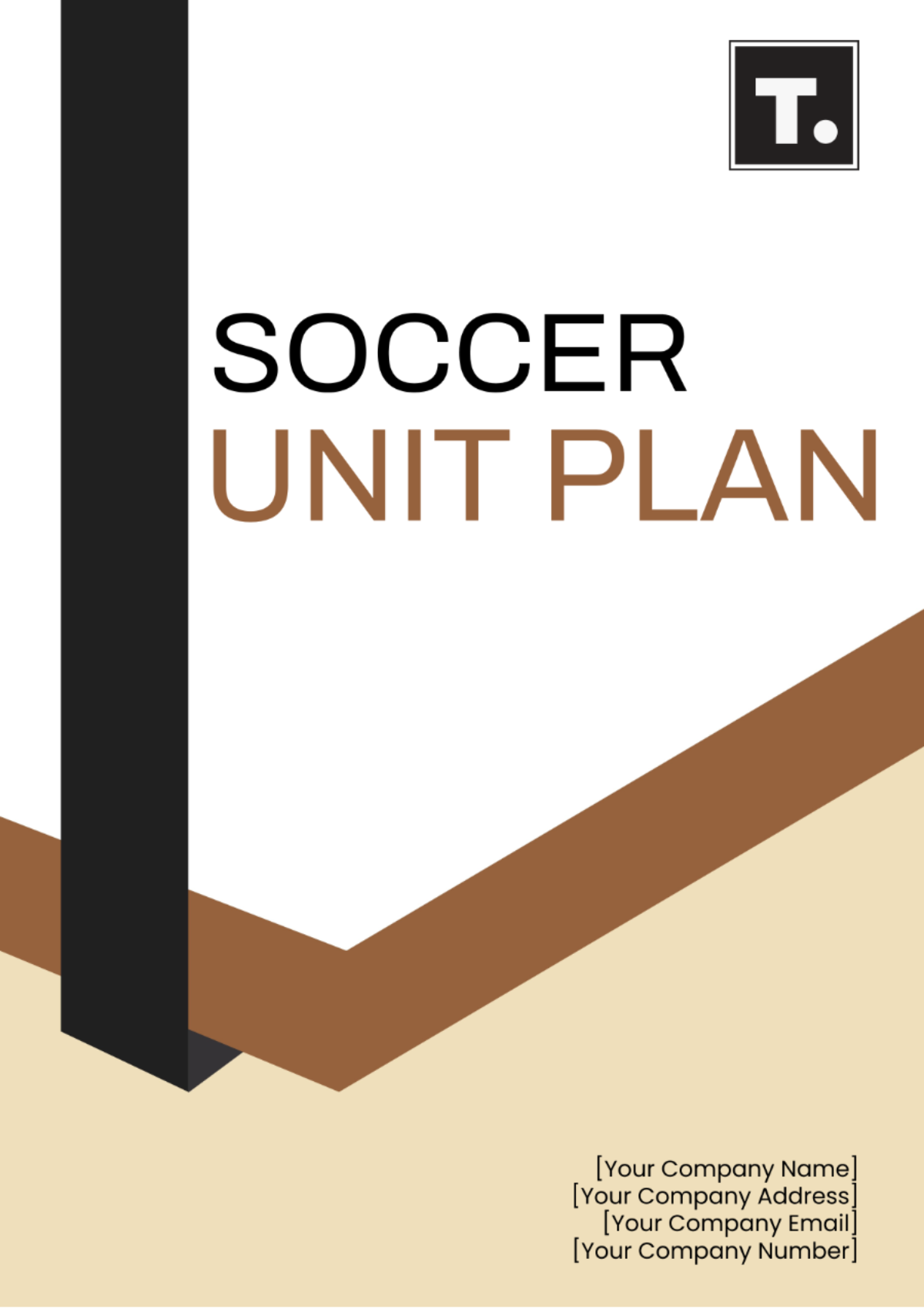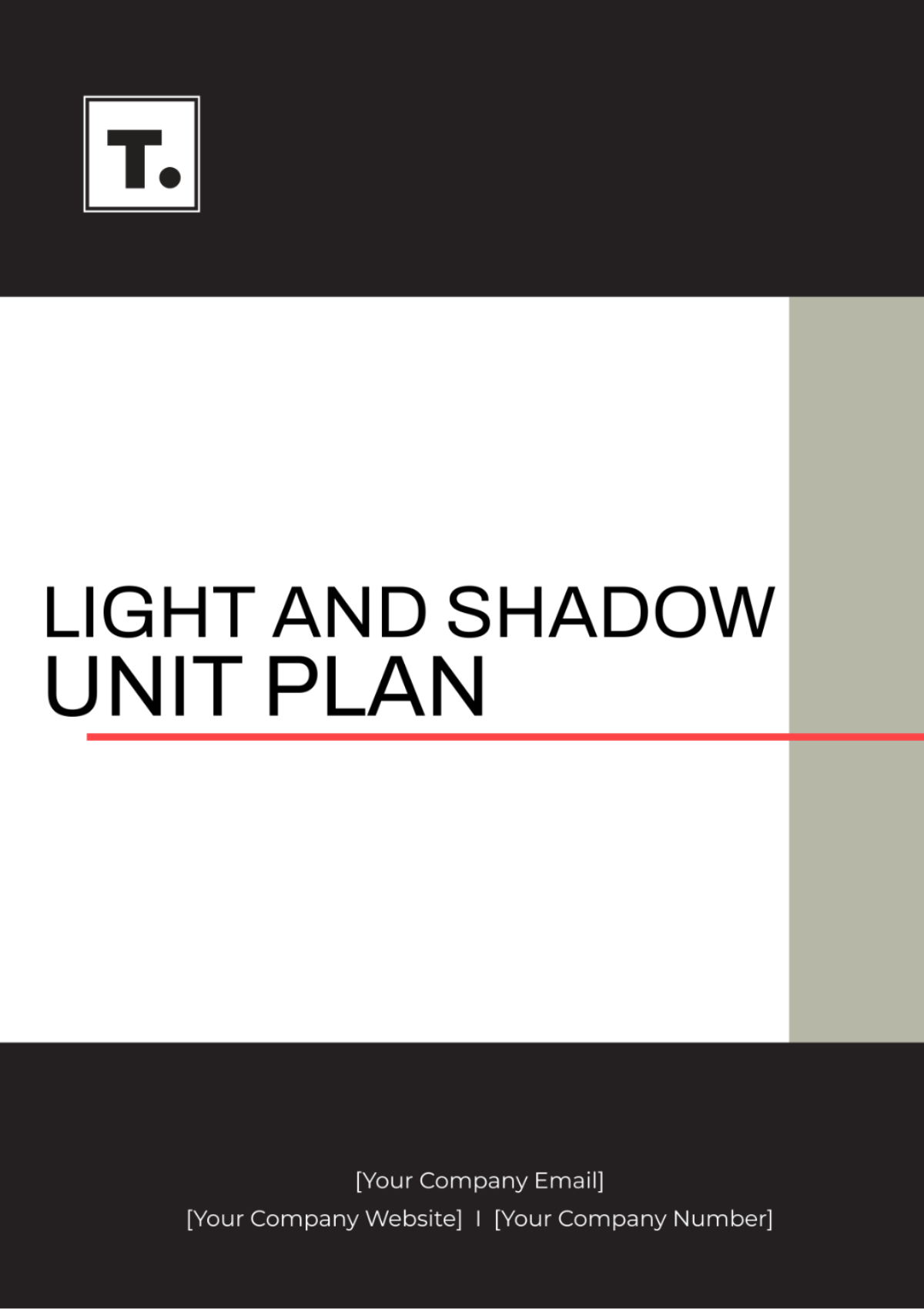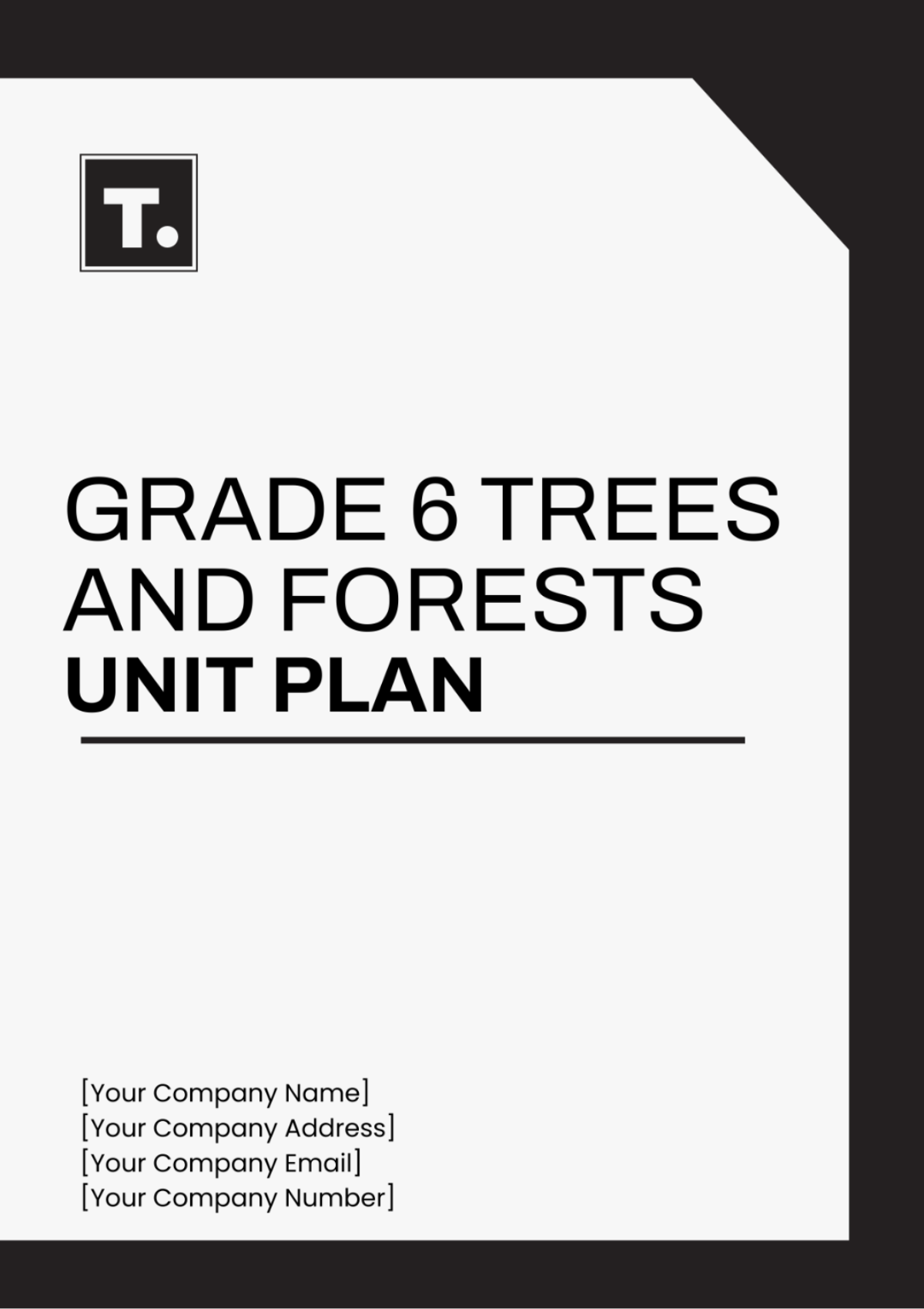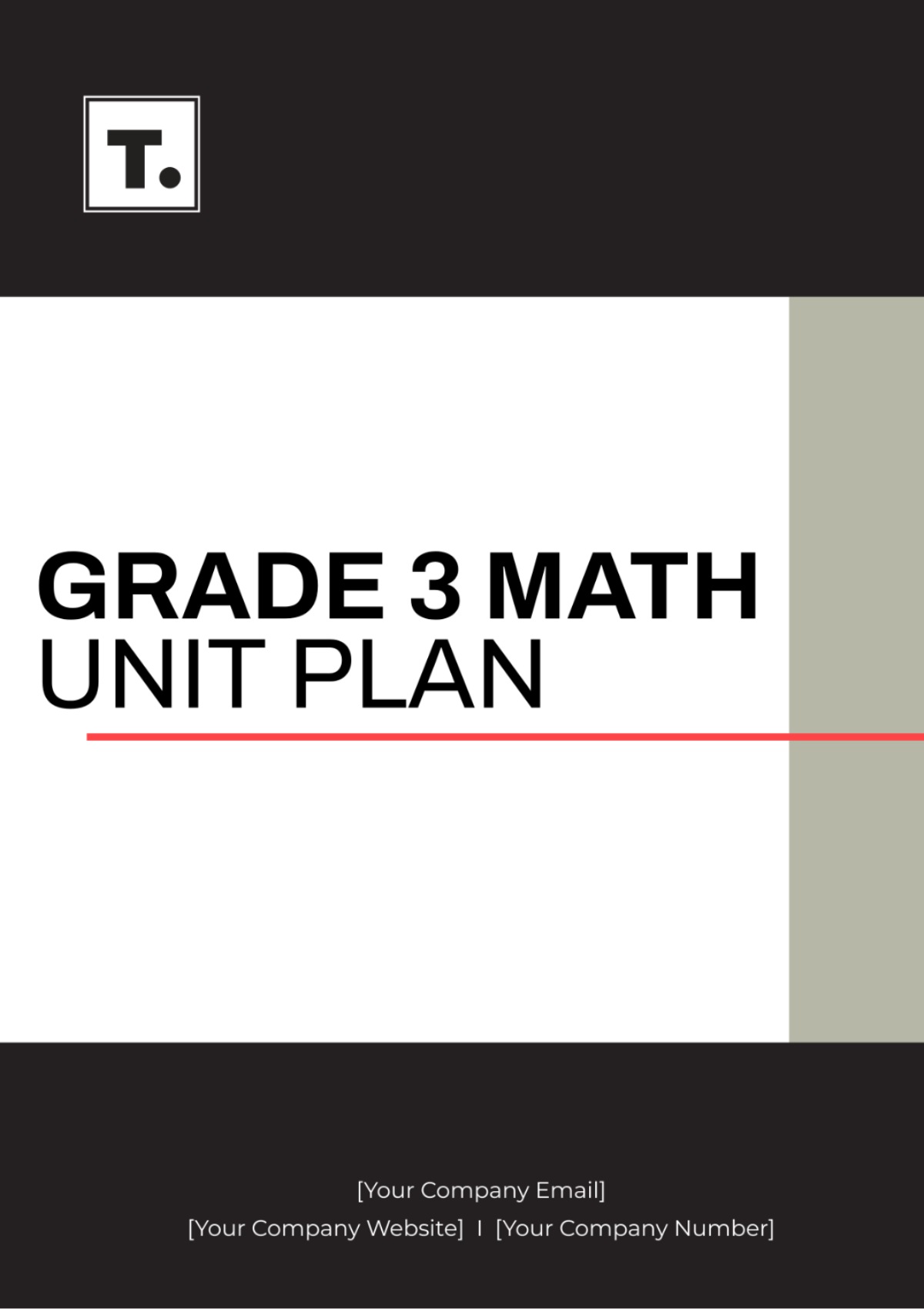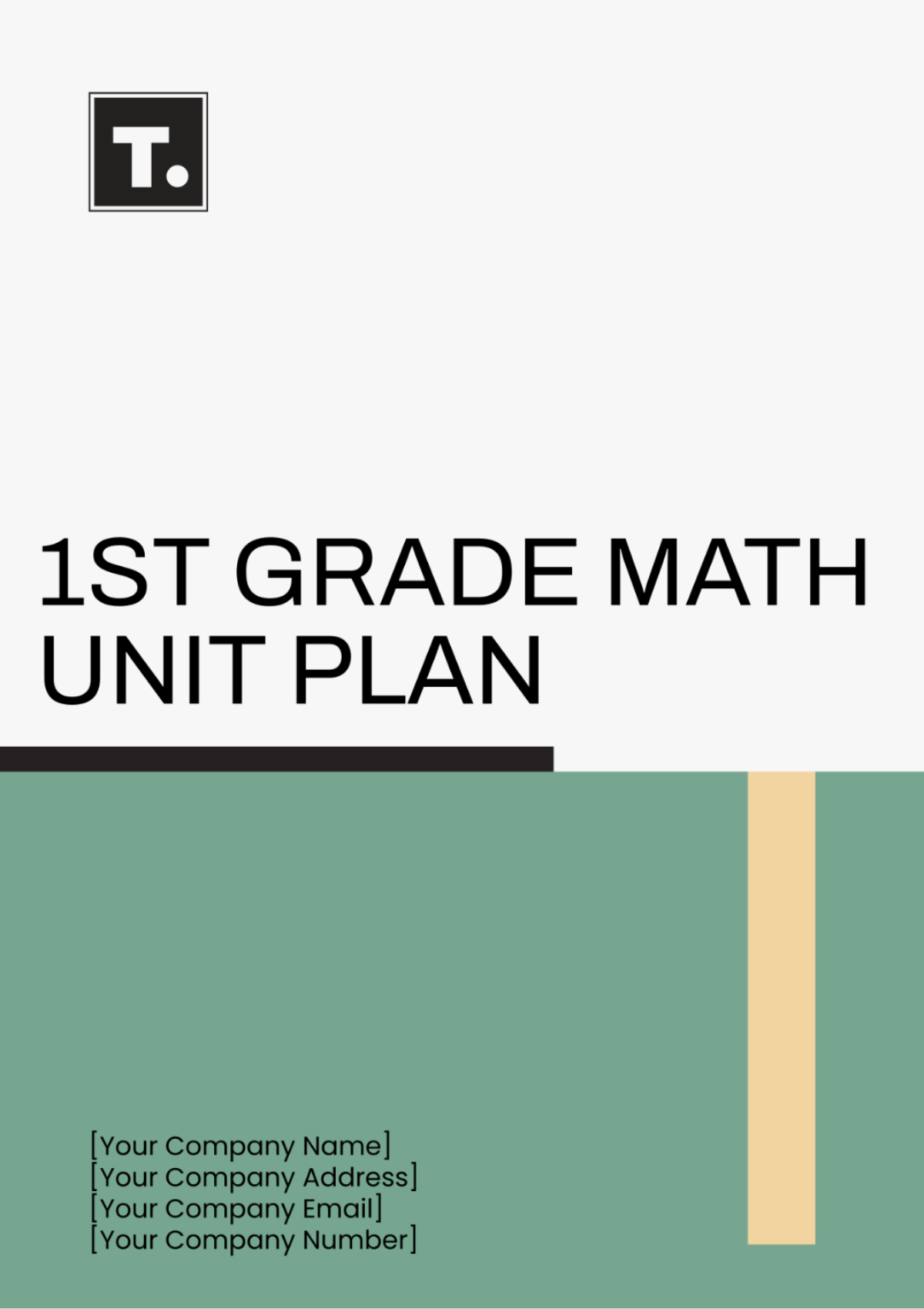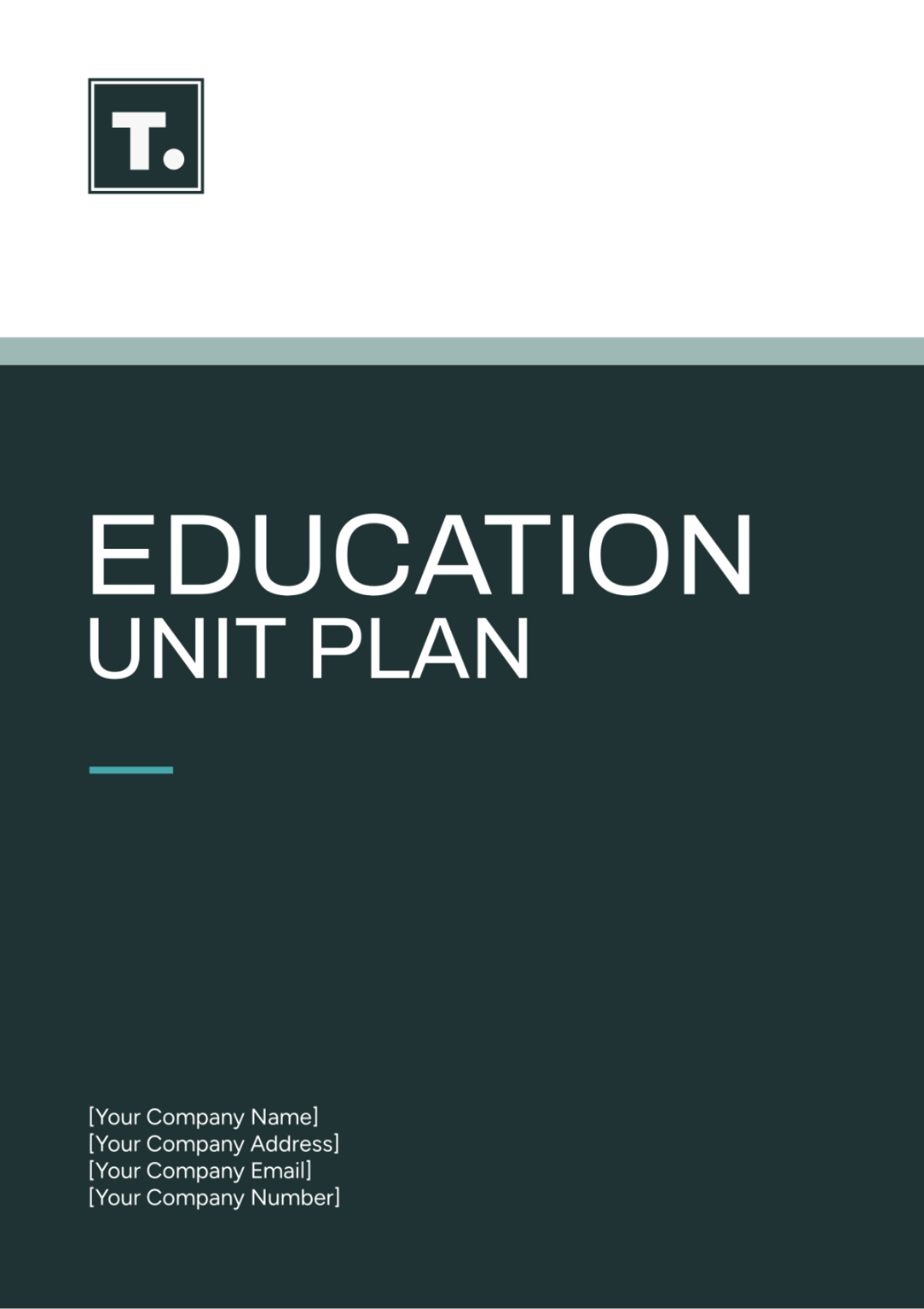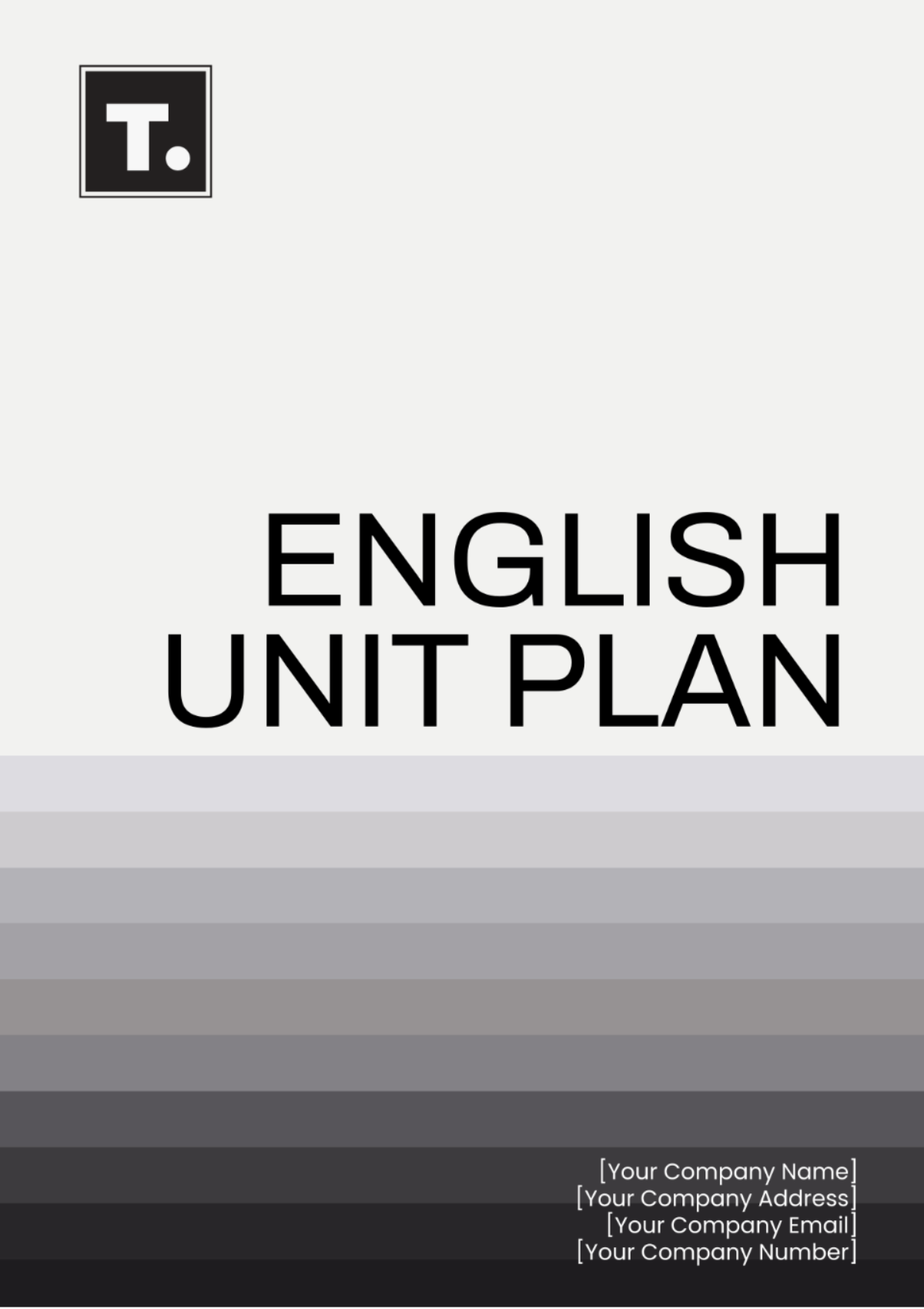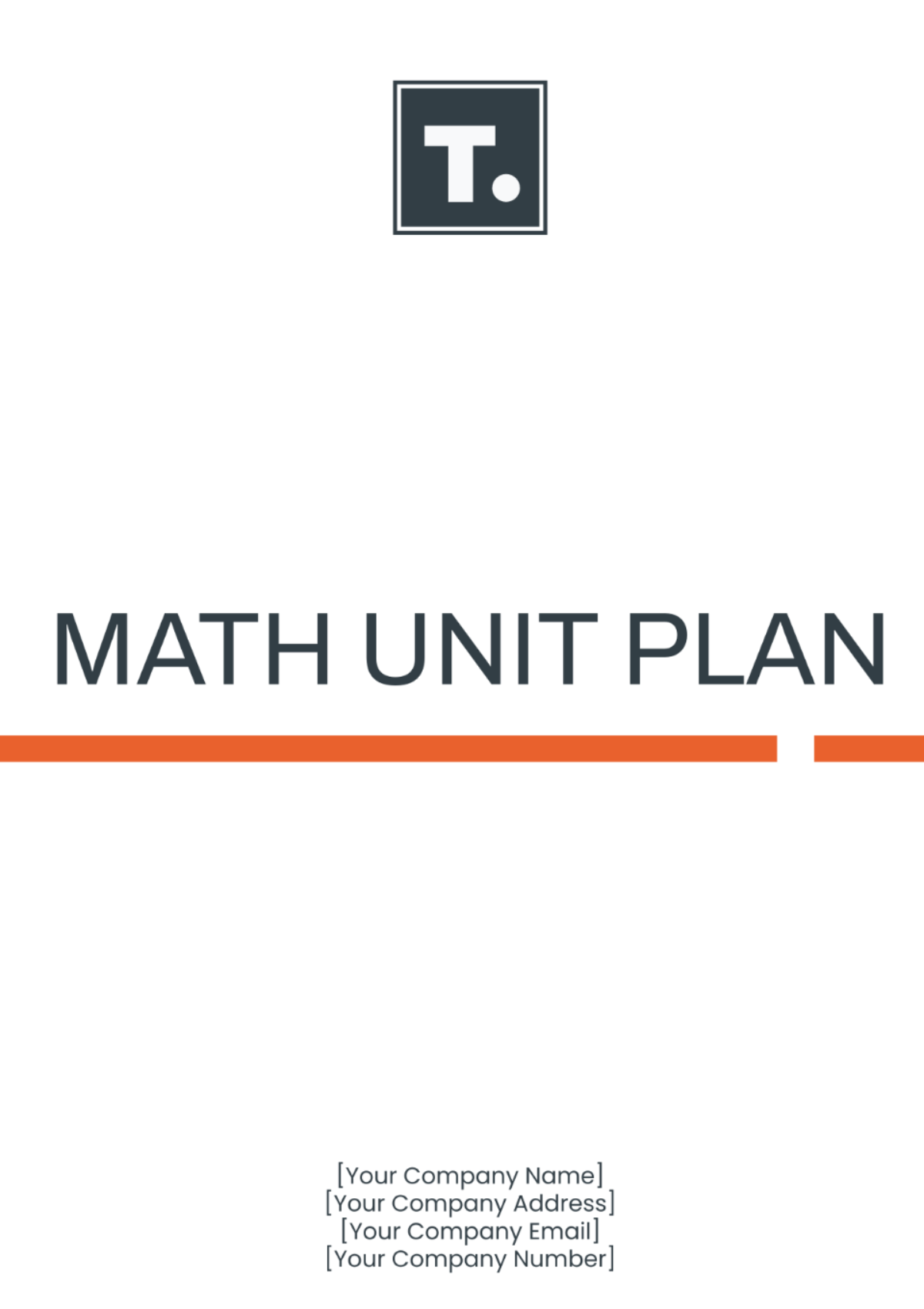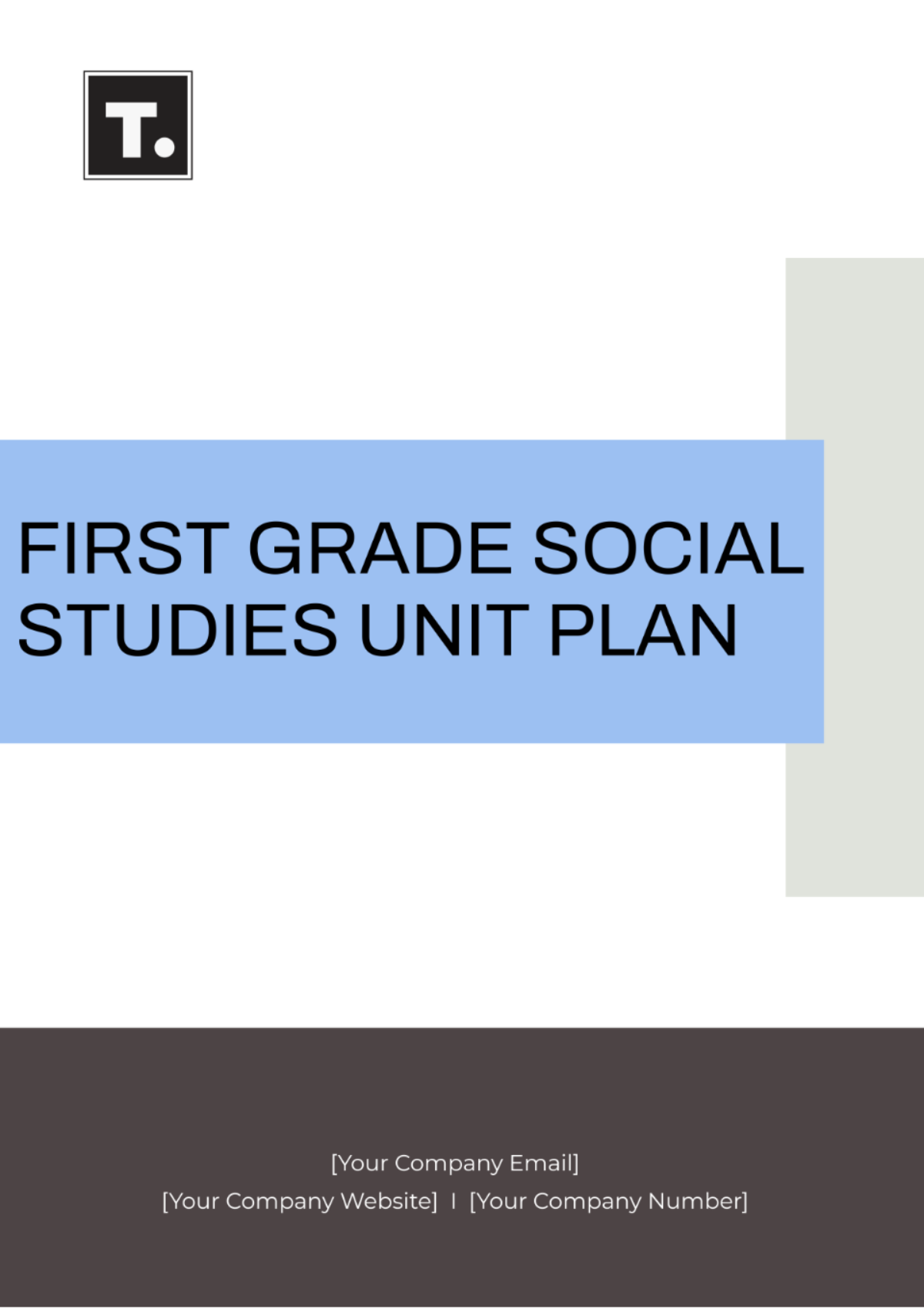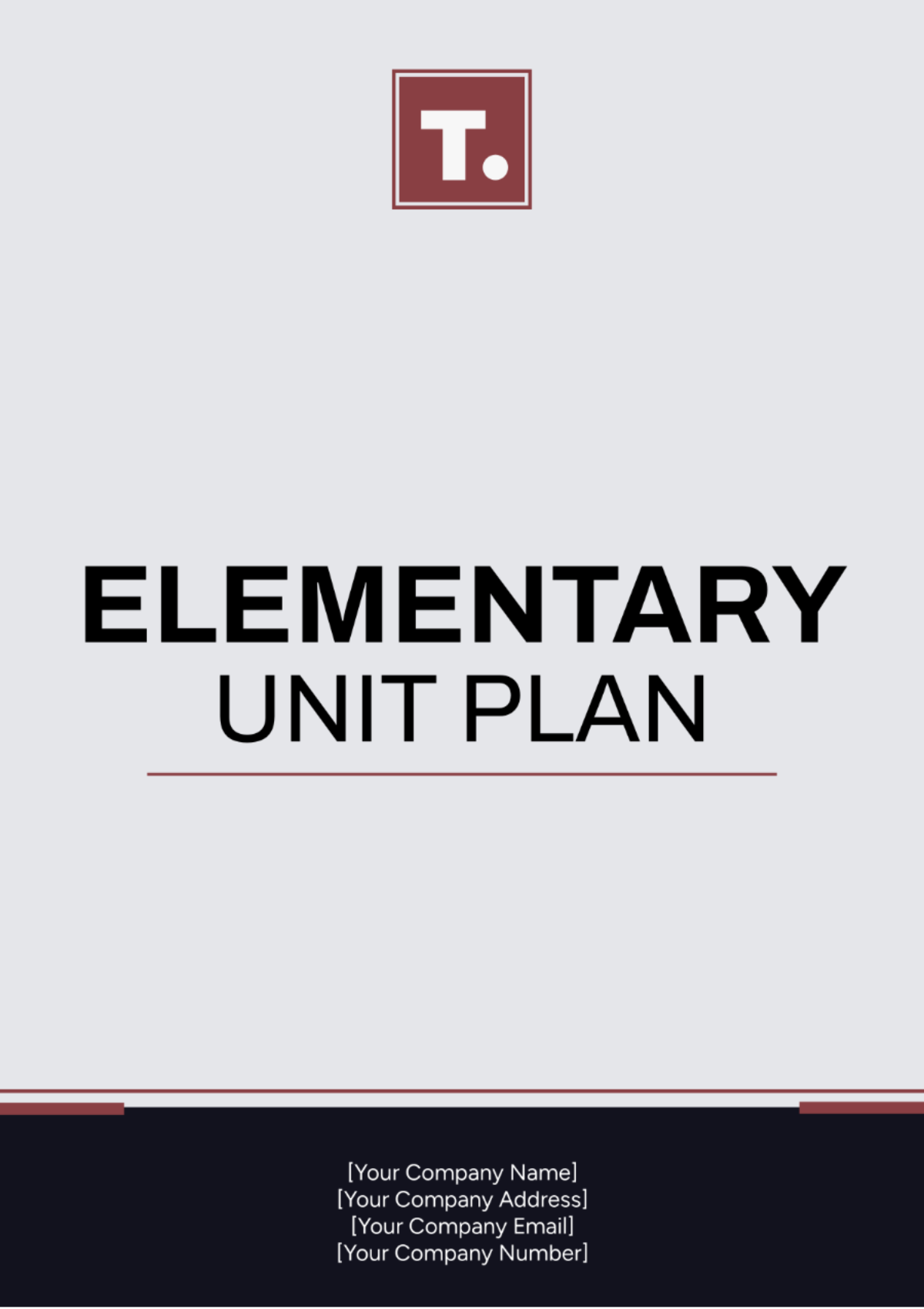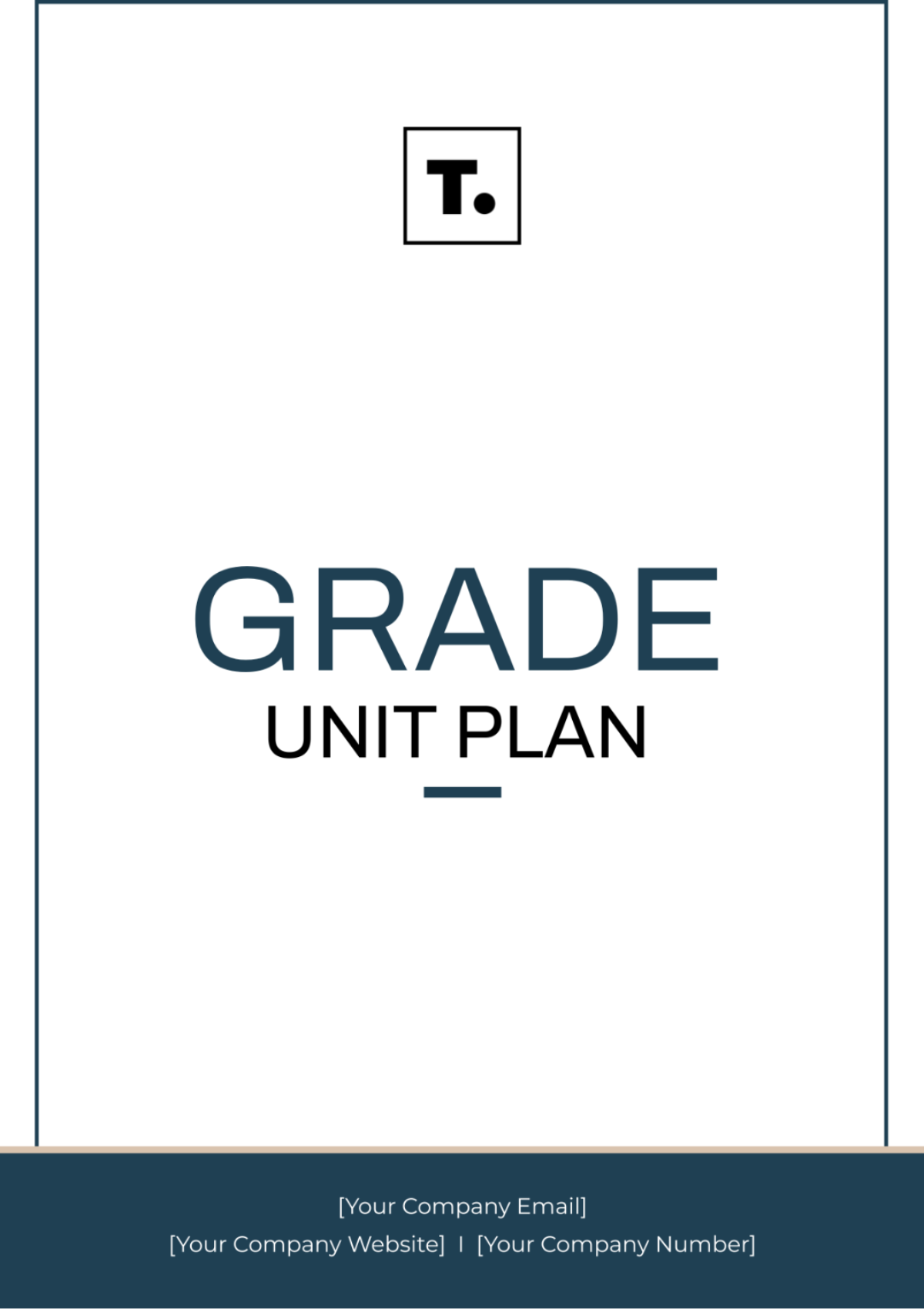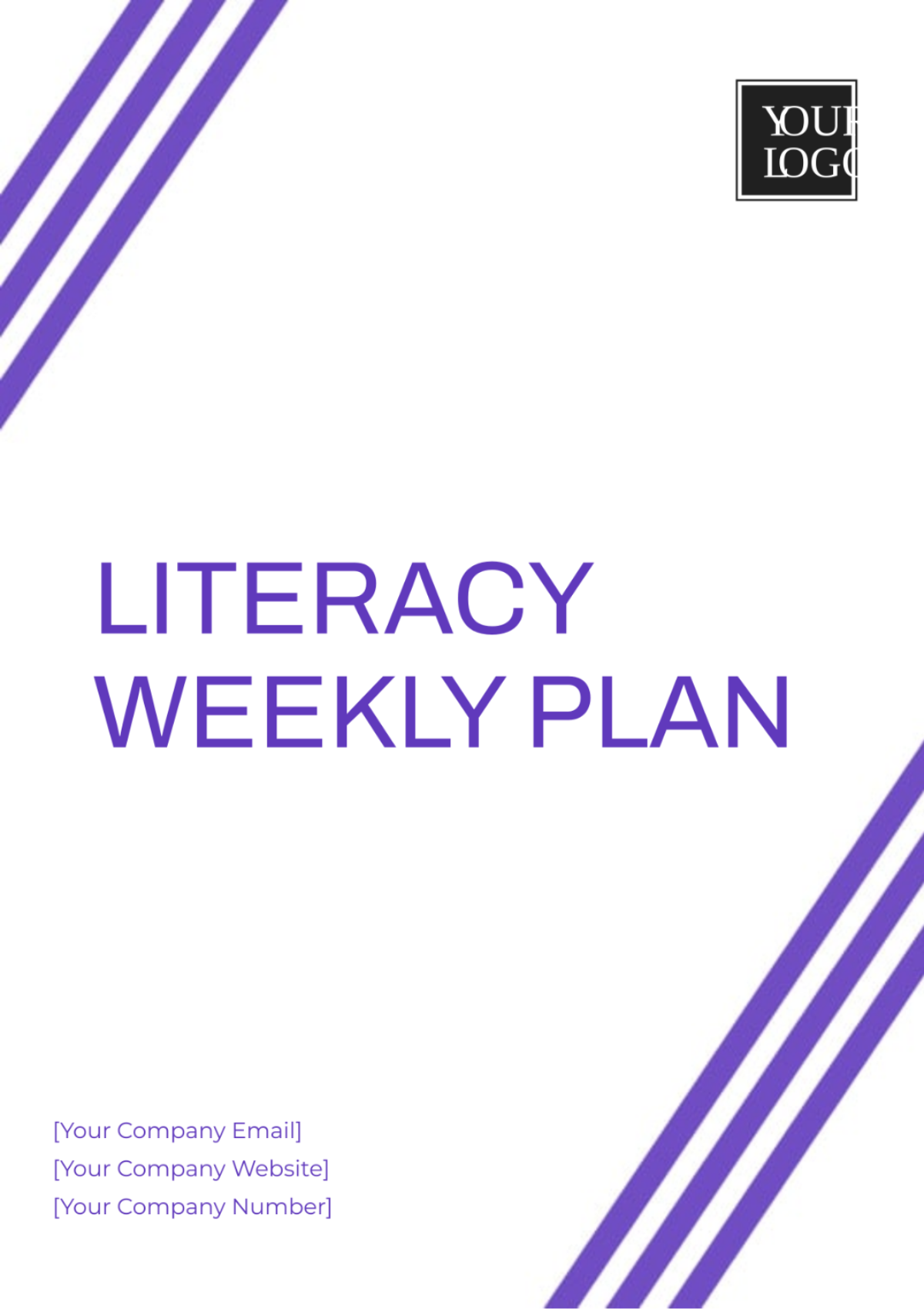6th Grade Math Unit Plan
Prepared By: | [Your Name] |
Subject: | Mathematics |
Topic: | Introduction to Fractions |
Date: | [DATE] |
I. Unit Overview
This unit focuses on introducing students to fractions, including understanding fractions as parts of a whole, comparing and ordering fractions, and performing basic operations with fractions.
Unit Objectives:
By the end of this unit, students will be able to:
Understand fractions as parts of a whole and represent fractions on a number line.
Compare and order fractions with like and unlike denominators.
Add and subtract fractions with like denominators.
II. Unit Outline
A. Lesson 1: Introduction to Fractions
Objective: Introduce students to the concept of fractions.
Activities:
Warm-up: Quick review of division concepts.
Presentation: Present key concepts of fractions using visual aids and examples.
Practice: Engage students in hands-on activities to represent fractions visually.
Resources: Fraction strips, whiteboard markers, worksheets.
B. Lesson 2: Comparing and Ordering Fractions
Objective: Teach students how to compare and order fractions.
Activities:
Discussion: Lead a class discussion on the meaning of numerator and denominator.
Group Work: Divide students into groups to compare fractions and order them.
Application: Apply fraction comparison skills to real-life scenarios.
Resources: Fraction cards, posters of fraction comparisons, and online fraction games.
C. Lesson 3: Adding and Subtracting Fractions
Objective: Enable students to add and subtract fractions with like denominators.
Activities:
Guided Practice: Lead students through step-by-step examples of adding and subtracting fractions.
Independent Practice: Assign exercises for students to practice adding and subtracting fractions independently.
Review: Review students' work and provide feedback for improvement.
Resources: Fraction manipulatives, whiteboard markers, fraction addition/subtraction worksheets.
III. Assessment
A. Formative Assessment
Exit Tickets: Quick quizzes at the end of each lesson to check understanding.
Observations: Monitor students during group work and class discussions.
B. Summative Assessment
Unit Test: Test covering concepts of fractions, including representation, comparison, and basic operations.
IV. Resources
Textbooks: "Mathematics Grade 6" by ABC Publishing Company
Online Resources: Khan Academy, IXL, MathPlayground
Manipulatives: Fraction circles, fraction bars, fraction tiles
V. Unit Reflection
Overall, the unit was effective in introducing students to fractions. Adjustments were made during the lessons to provide additional practice for struggling students and challenge advanced learners. Suggestions for improvement include incorporating more real-life applications of fractions and integrating technology for interactive learning experiences.
VI. Optional Sections
Differentiation Strategies: Provide additional support for struggling students through small group instruction or peer tutoring. Offer enrichment activities for advanced learners.
Extension Activities: Explore fraction operations with unlike denominators, such as finding common denominators and simplifying fractions. Connect fractions to other math concepts, such as decimals and percentages.
VII. Conclusion
In conclusion, the "Introduction to Fractions" unit effectively introduced students to fundamental fraction concepts. Through varied activities and assessments, students gained a strong understanding of fractions as parts of a whole, comparison techniques, and basic operations. Adjustments were made to cater to diverse learning needs, and ongoing assessment informed instructional decisions. Looking ahead, incorporating real-life applications and technology could enhance engagement and deepen comprehension. Overall, the unit laid a solid foundation for students' future mathematical success.
